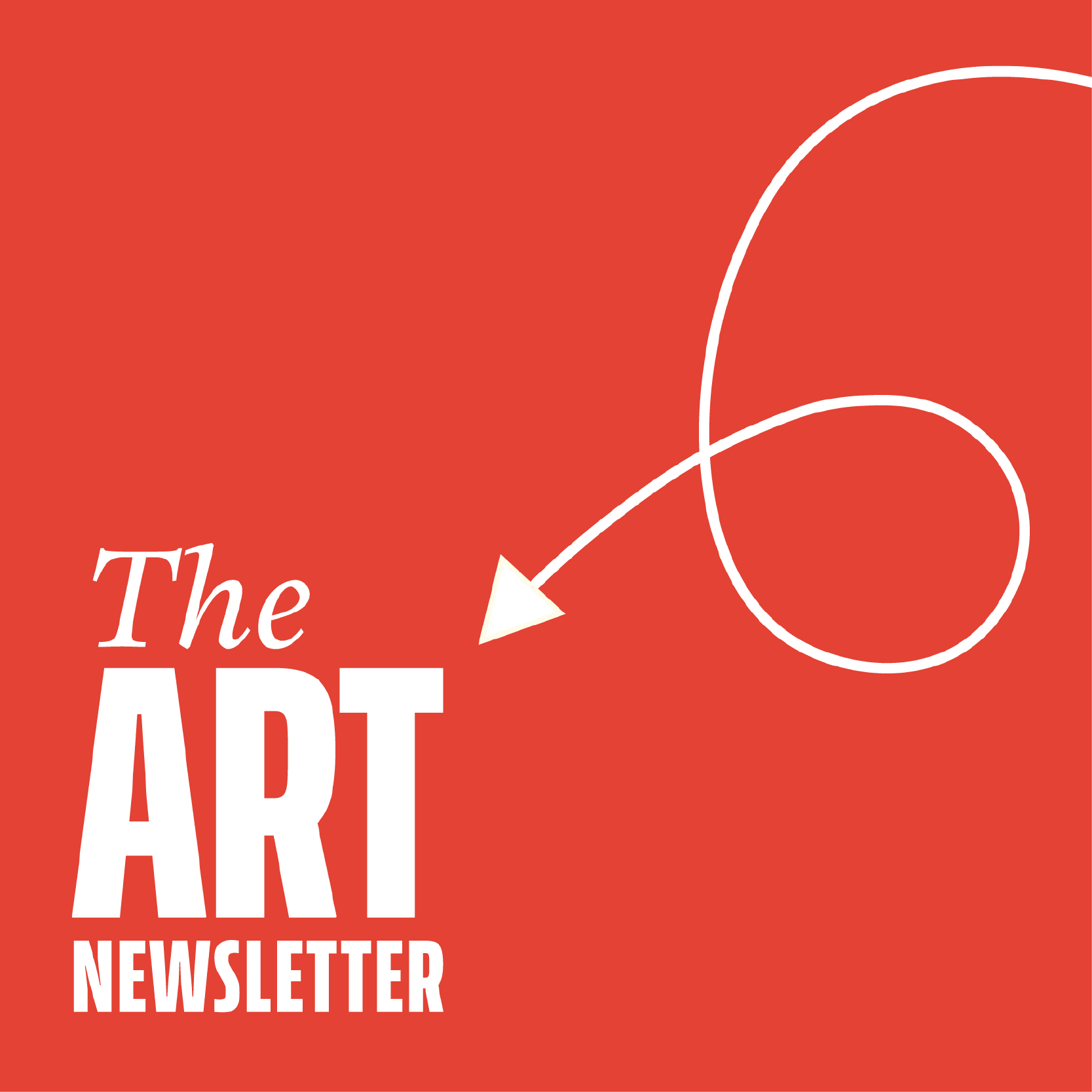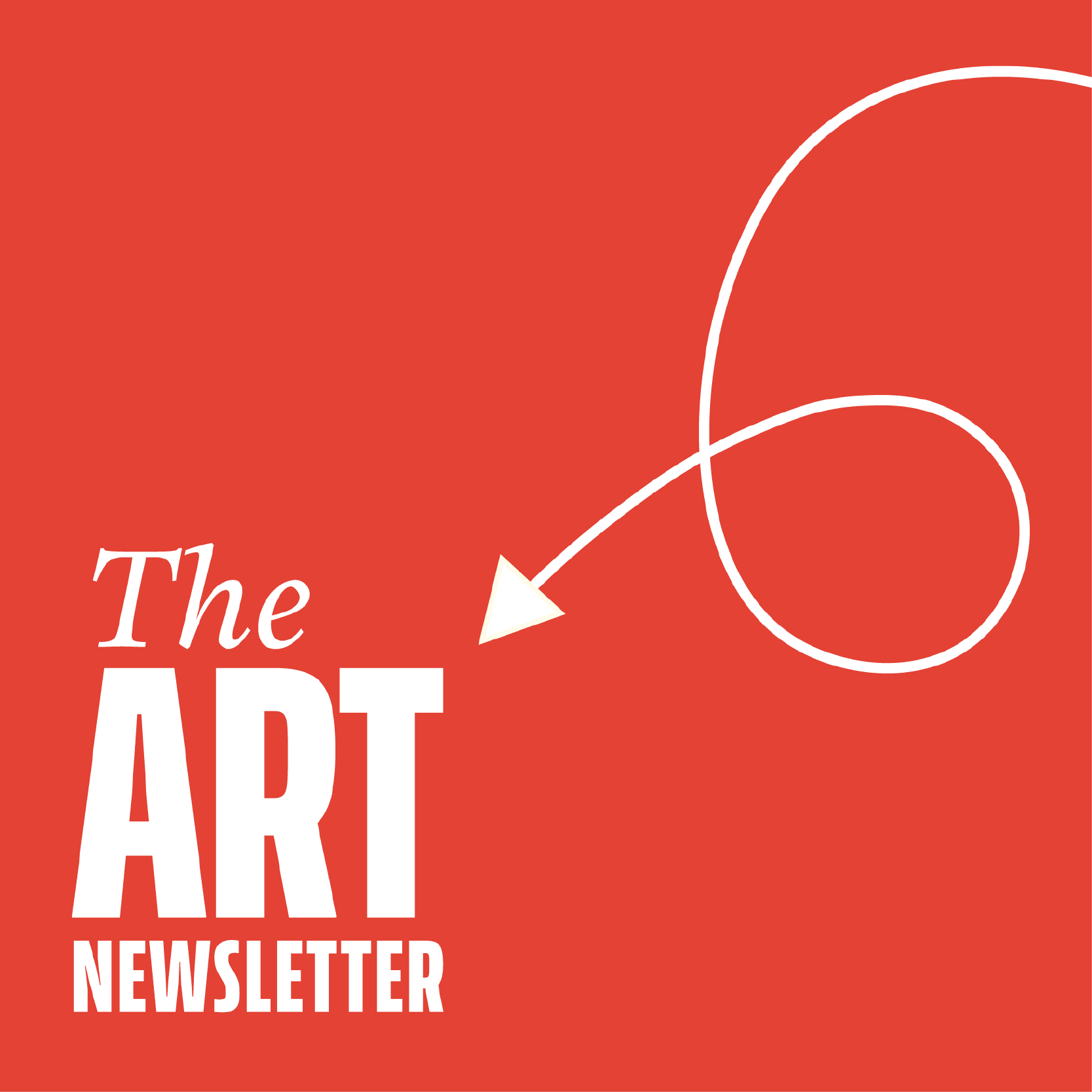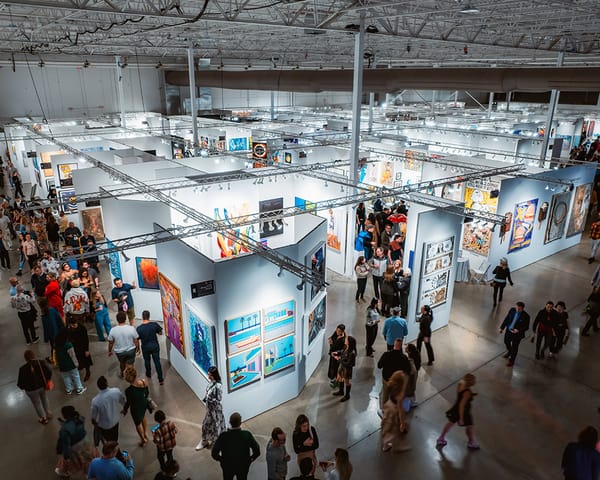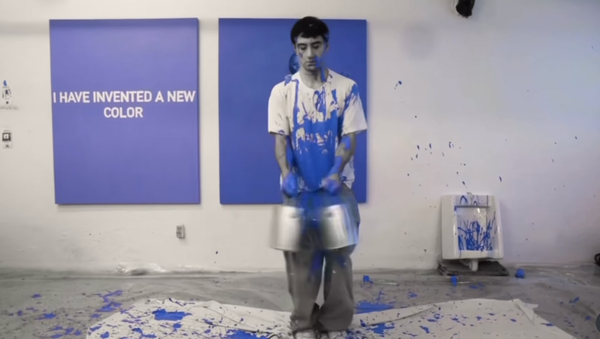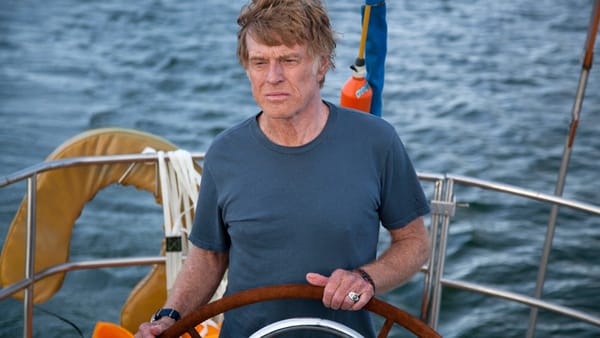The Art of Collage: Artist Spotlight on Benny Del Mar
Collaging is a long-standing art form rising in popularity. This article includes an interview with a small southern california artist where we discuss collaging as an art form and its evolution in the digital era.
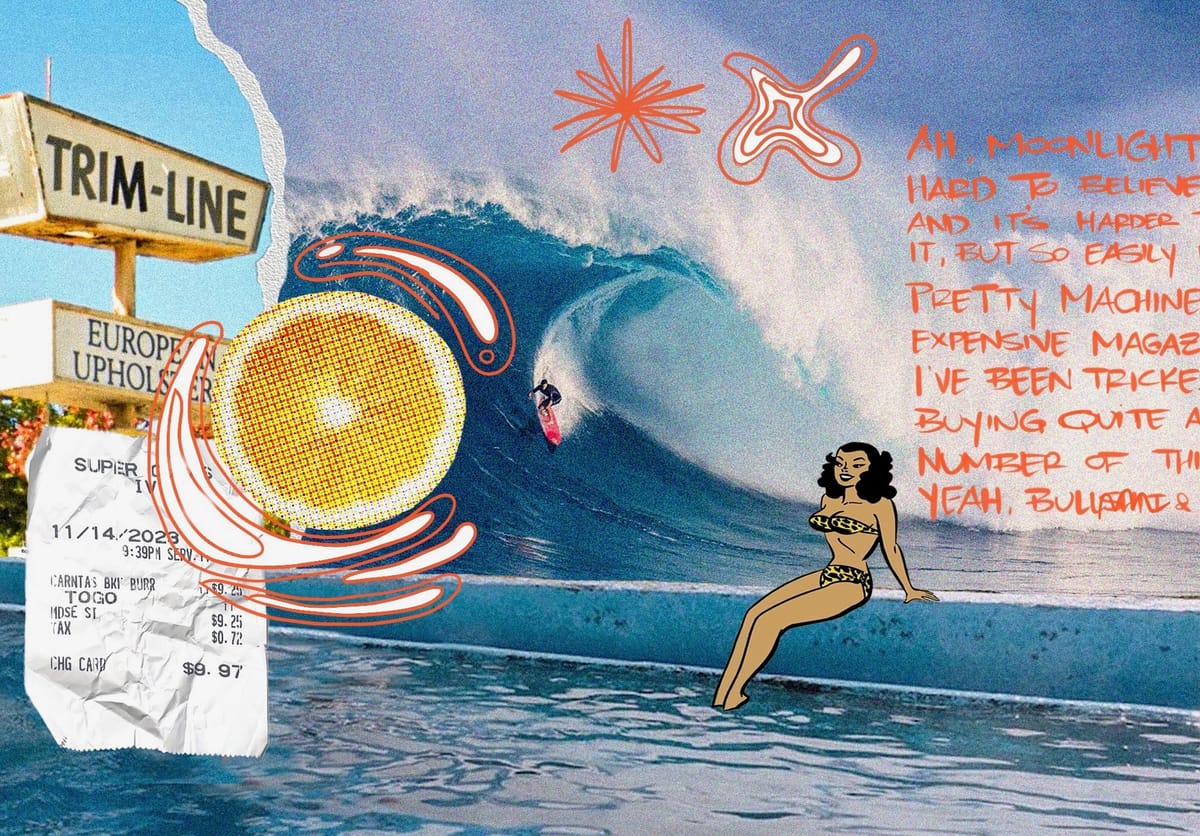
I first got into collaging after I made the trek to an antique mall down south full of treasures from the past. There I found stacks upon stacks of vintage National Geographic magazines. After flipping through the pages I found myself inspired and ready to take on the new craft of collaging. Most of my collaging is simple just combining a few magazine clips with one another that I used for Spotify album covers or my lock screens. I found it to be a relaxing, meditative hobby that involved strolling through magazine pages and putting pieces together until I found something I like.
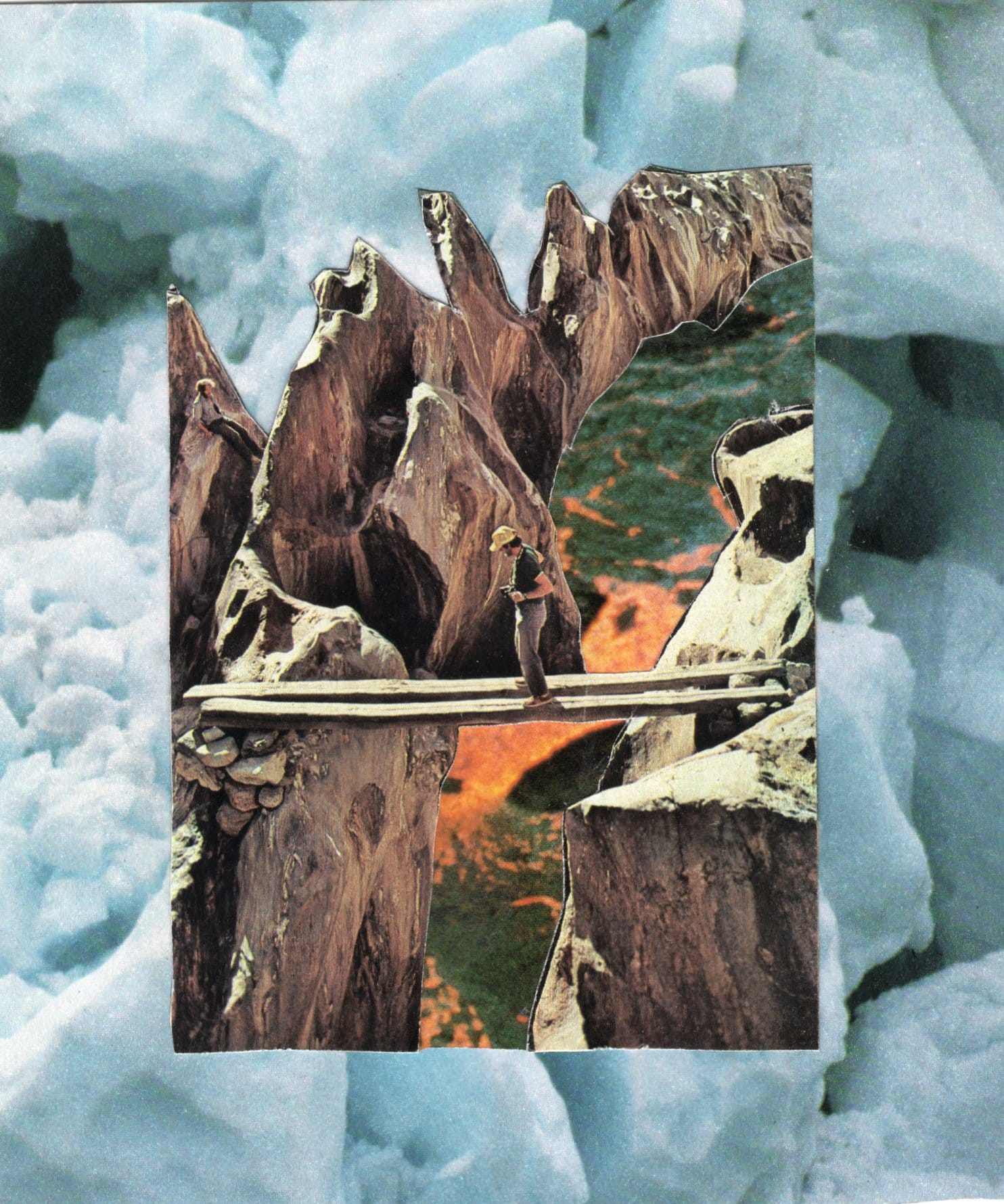
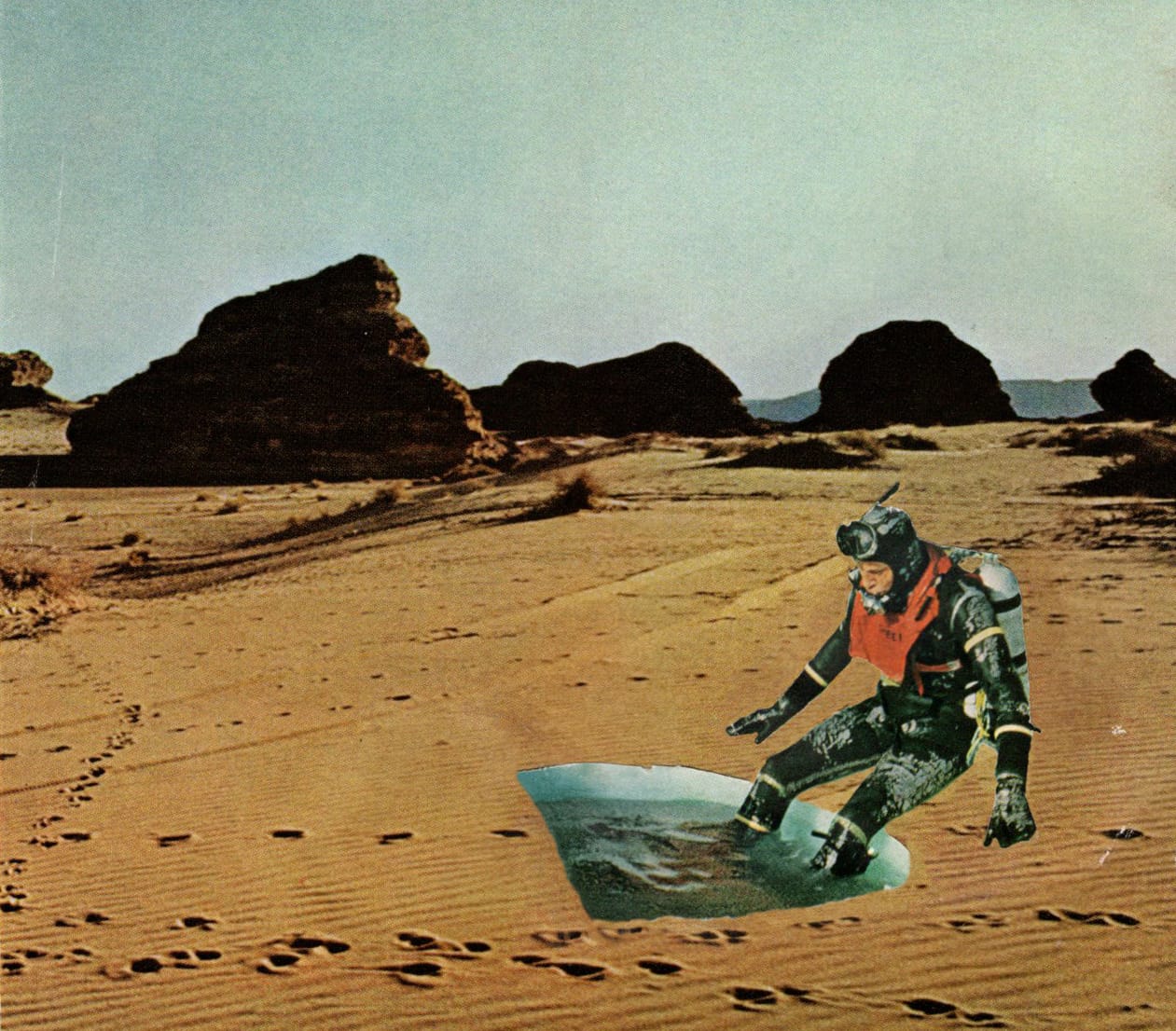
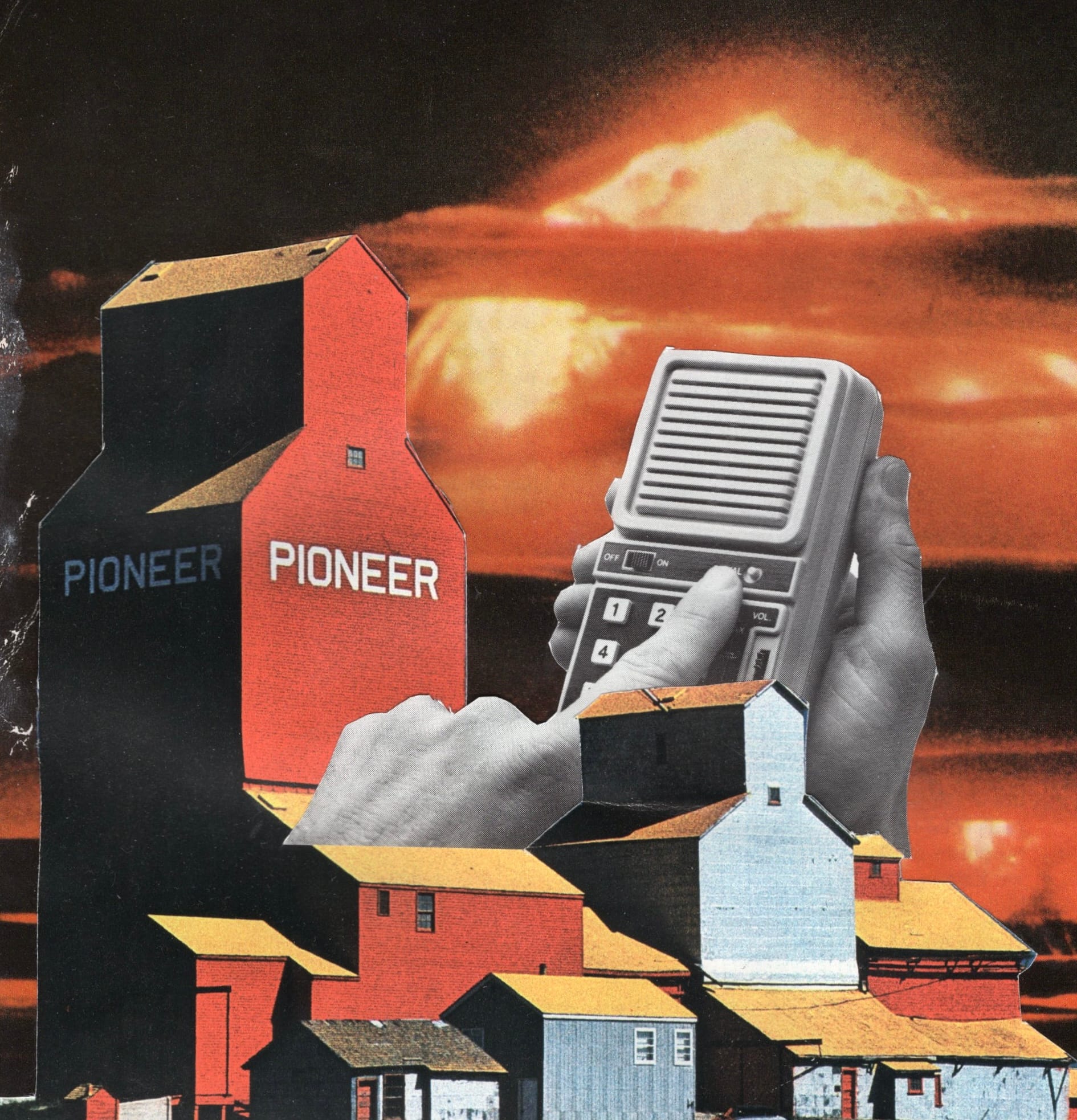
Collages by Alma
After I began this journey, I discovered it was fairly popular amongst a lot of my peers. Collaging quickly became a shared interest between me and many people constituting us discussing new layouts, where we are finding magazines and how we are using digital tools in our work. However, collaging is also perhaps a popular thing within my life and my conception of how popular it is is amplified by my algorithm and social circle. Being a readily available art practice that is very beginner friendly I decided to shed some more light on the subject. I find that I enjoy combining contrasting elements that together look harmonious.
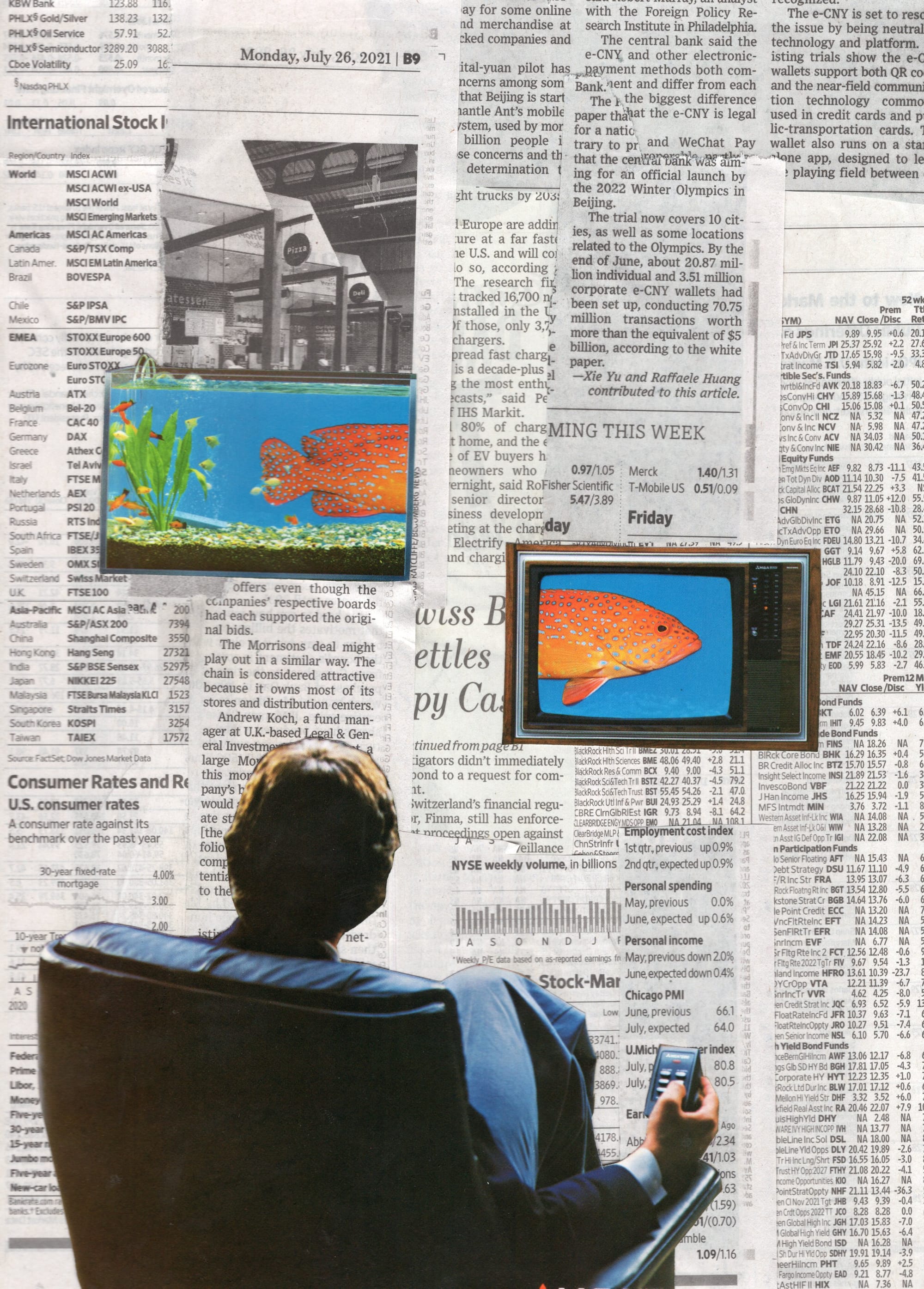
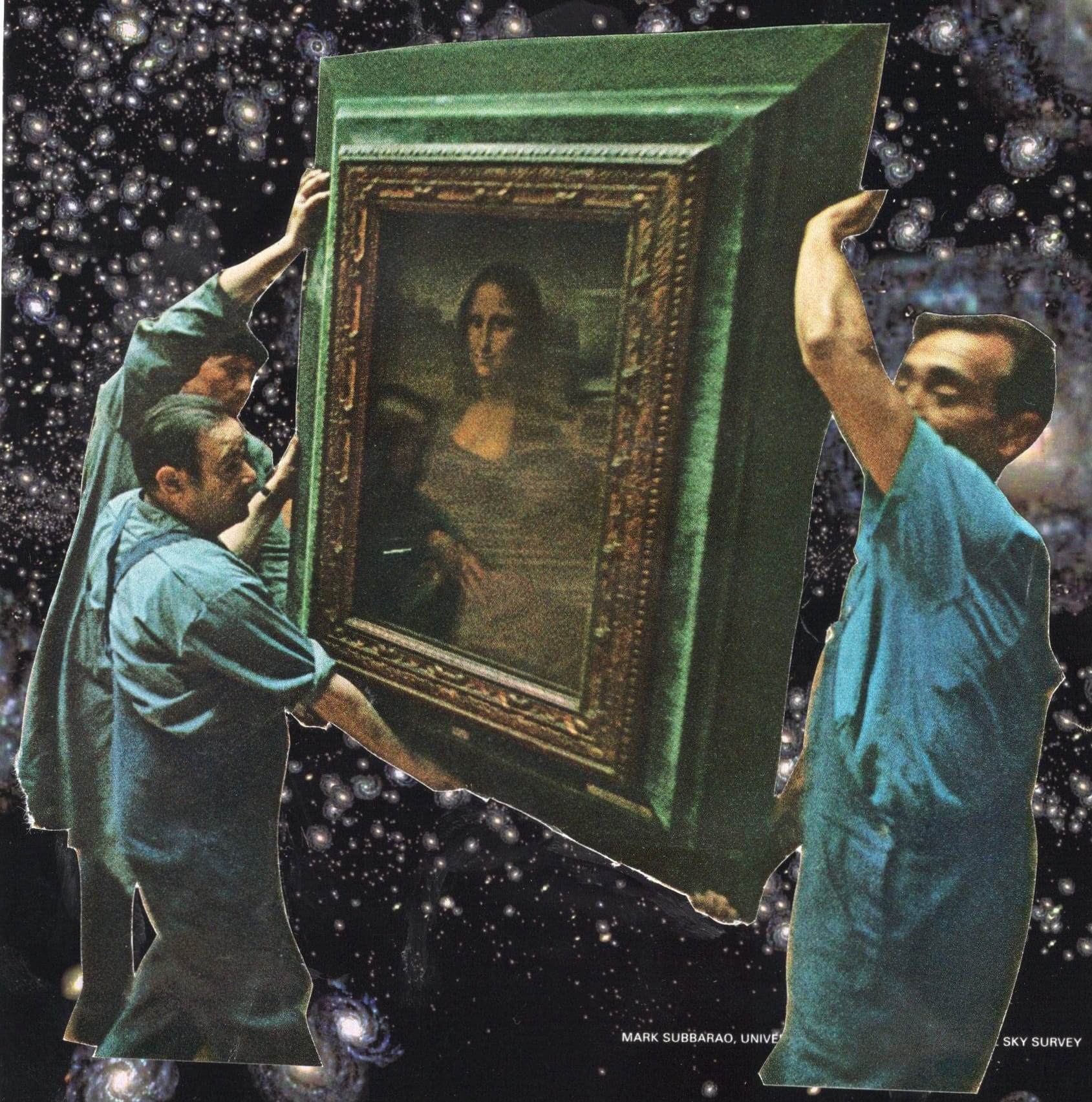
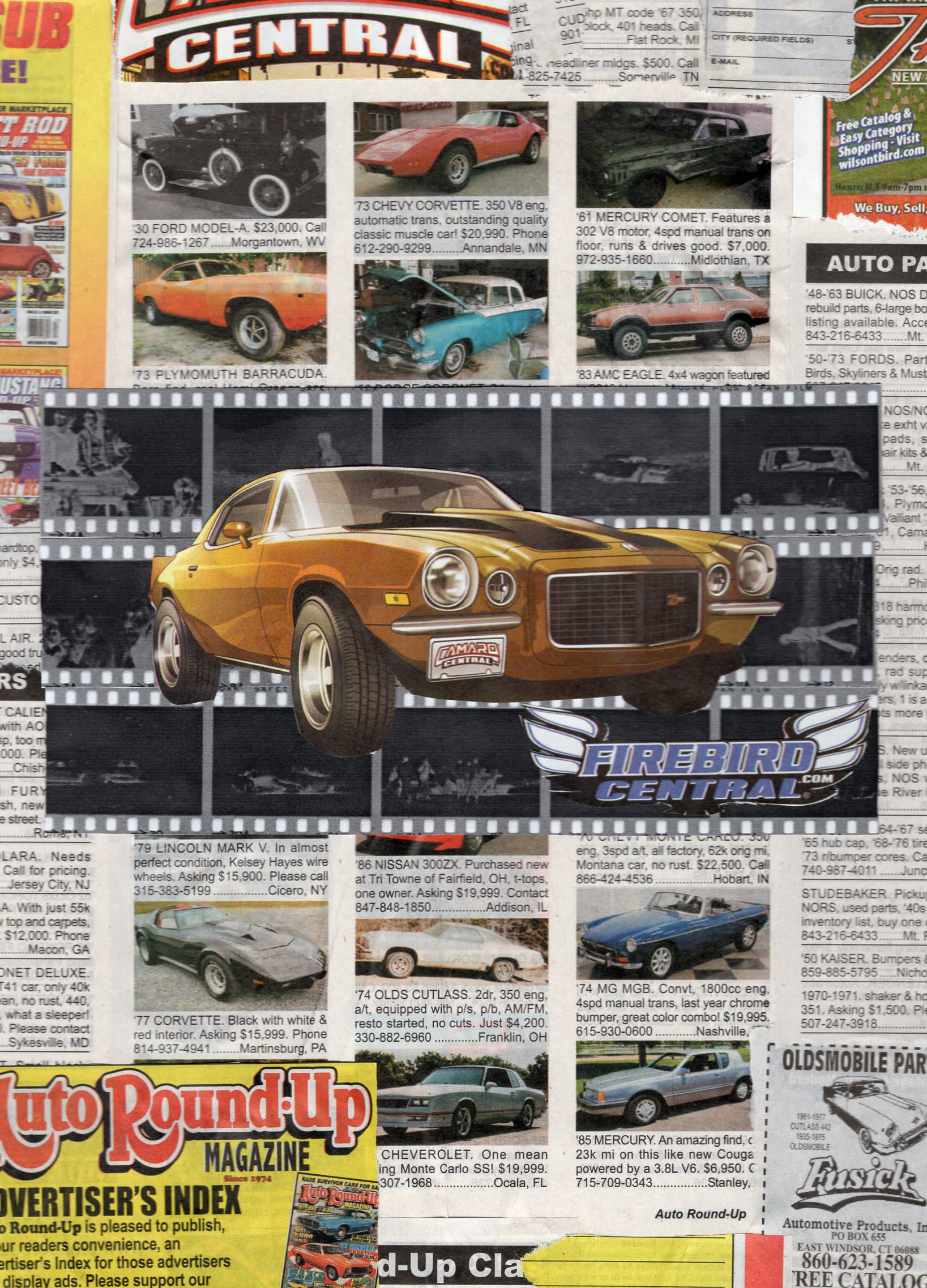
Collages by Alma
Collaging is not a new practice; it has been around practically since the invention of paper itself in China in 200 BCE. Collaging can be a mix of paper, magazines, paper scraps such as receipts, tags or tickets, photographs and other mediums. The word collage is derived from the french word 'coller' which means to glue and refers to both the process and the resulting work of art. The earliest collage on display on the MOMA’s website is from 1914 and the most current is from 2013.
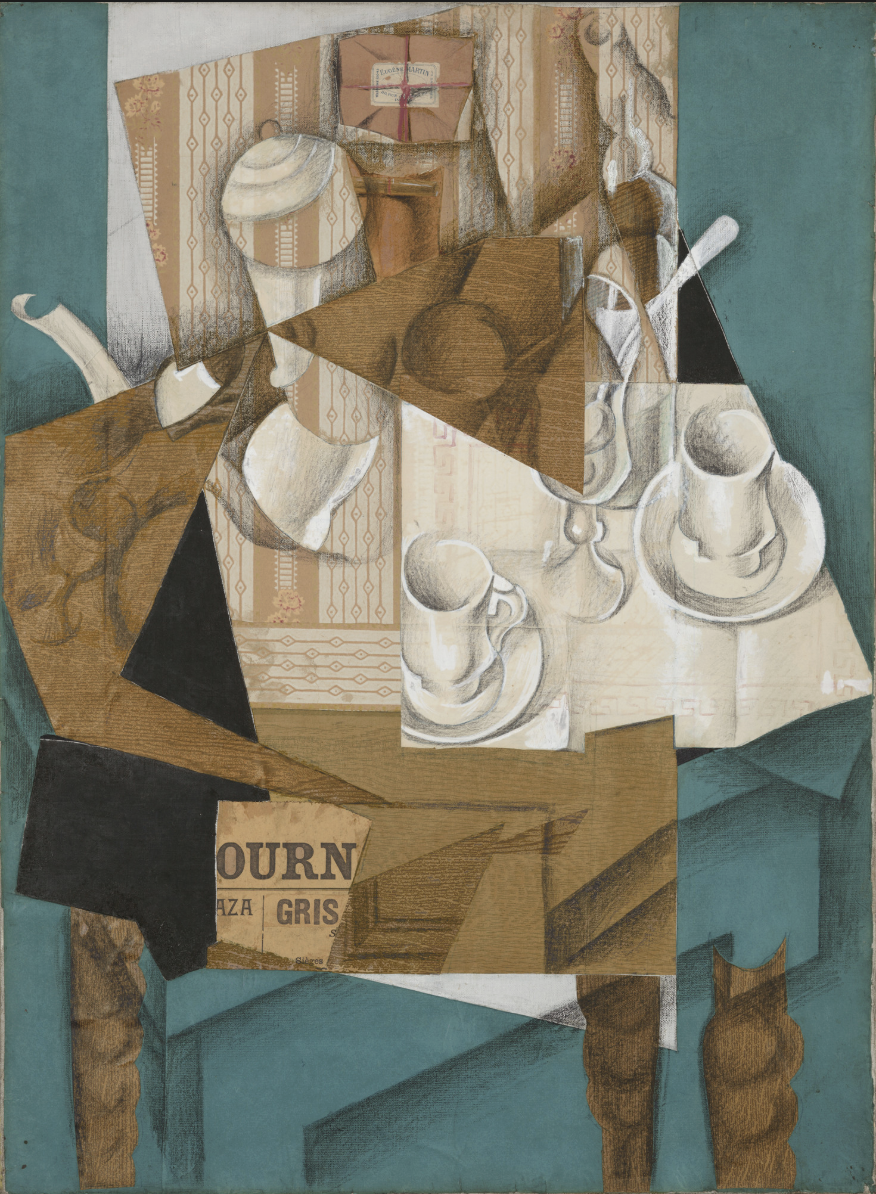
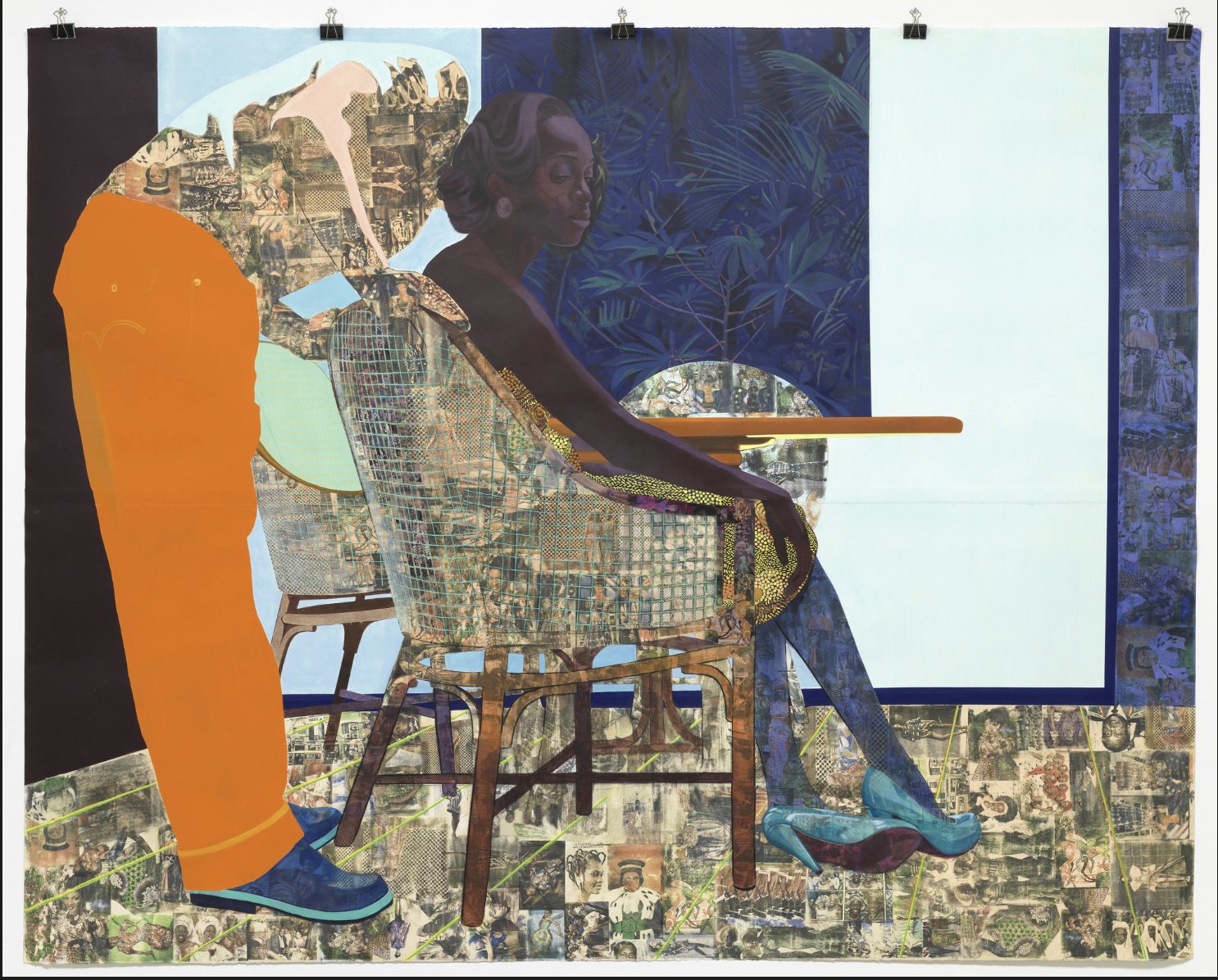
In order to broaden the conversation on collaging I decided to reach out to my old housemate to ask him a few questions. This is Benny. Benny is 23 years old living in Santa Barbara and working in a surf shop. He has an incredible style that comes through in his art and I wanted to showcase some of his pieces.
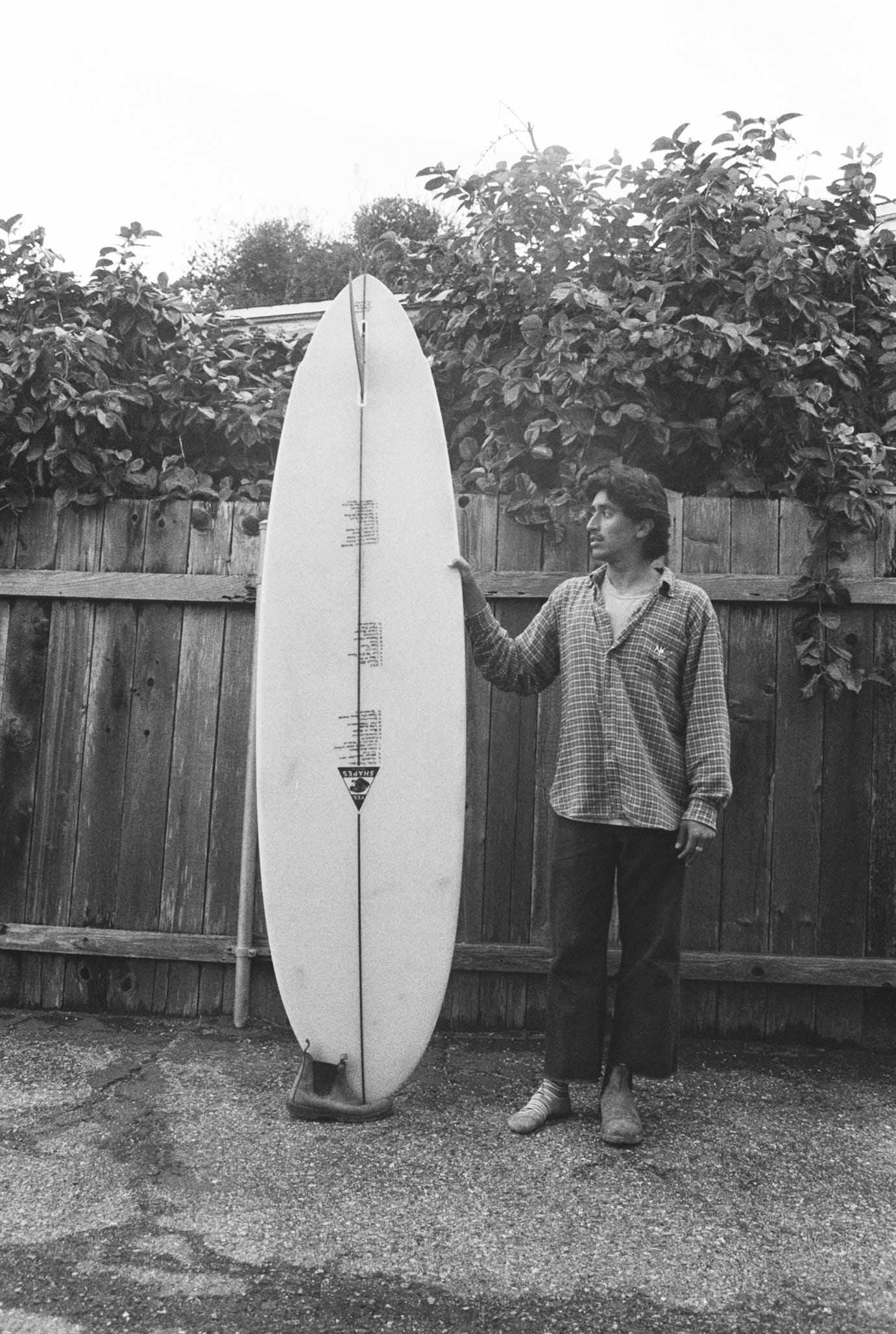
Alma: So tell me a little bit about yourself.
Benny: I am benny, I am 23 years old, I currently live in Santa Barbara, California and I work at a surf shop.
Alma: Sweet, and how did you get into collaging?
Benny: I think mostly out of boredom and a desire to kind of to change up how I’m expressing myself creatively. I think I started with photos and just a desire to kind look at a magazine differently when its kind of lost its flavor or I was never really interested in to start with and how I could still pull something unique out of this.
Alma: That’s cool, so did you already have a lot of magazines and physical media before you started collaging or was it something like I want to get into this and you were searching out magazines to use?
Benny: A little bit of both. I started with whatever newspapers or magazines I had laying around and for my 18th birthday my girlfriend at the time got me a big stack of surf magazines and from there it kind of evolved and I still use a lot of that material today. Now I actively seek out cool like patterns and random magazines and really old ads. Yeah anything that’s cheap and looks like it might have something interesting in it.
Alma: Yeah, that kind of follows into one of my other questions of what’s influenced your work and your style because you definitely have an identifiable style to your work.
Benny: Thank you, there’s been, I guess there’s been a couple of things. I draw a lot of inspiration from stuff online and even just my friends create some cool stuff and inspires me to do something similar to theirs but unique enough to where I can call it my own.
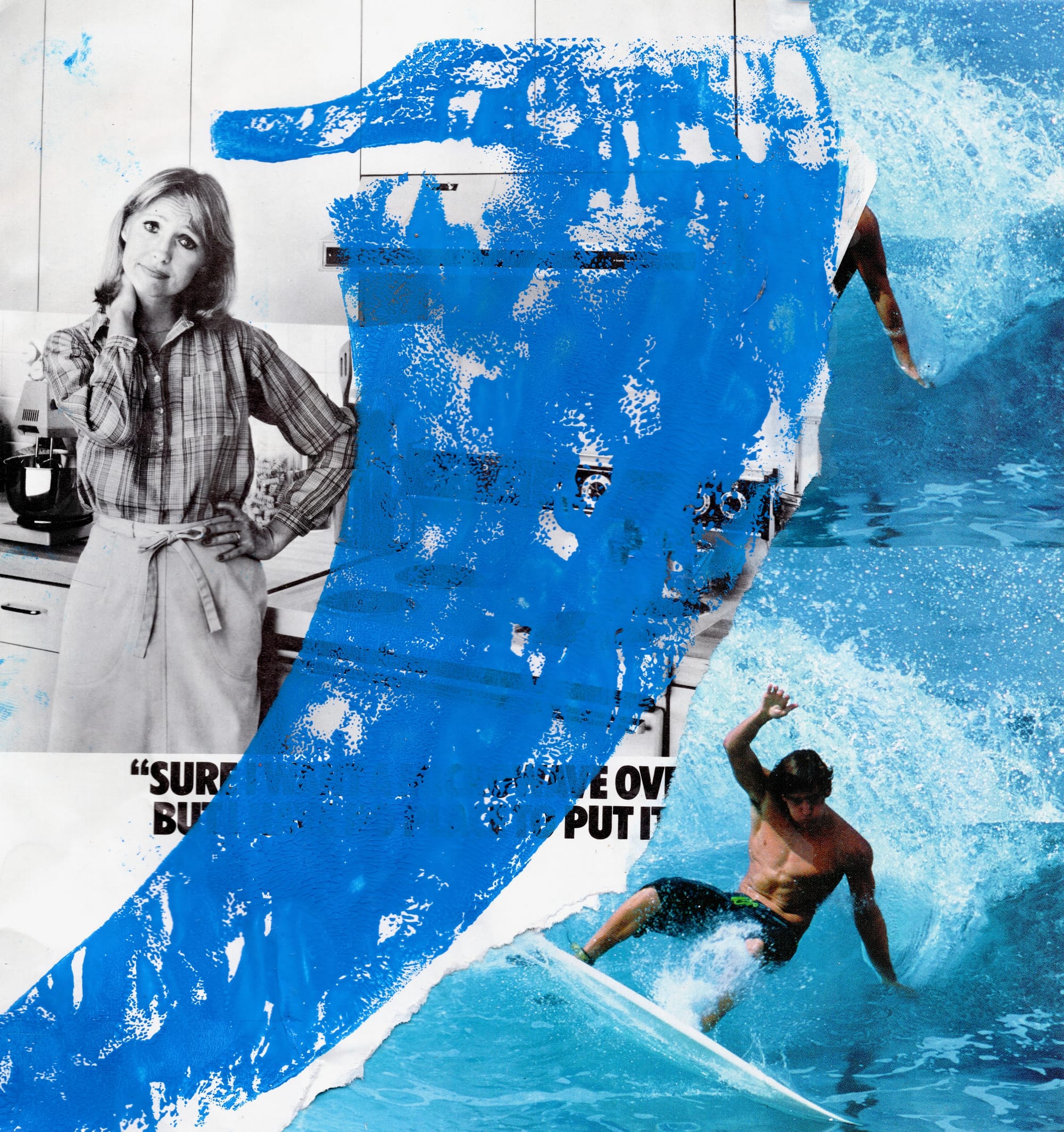
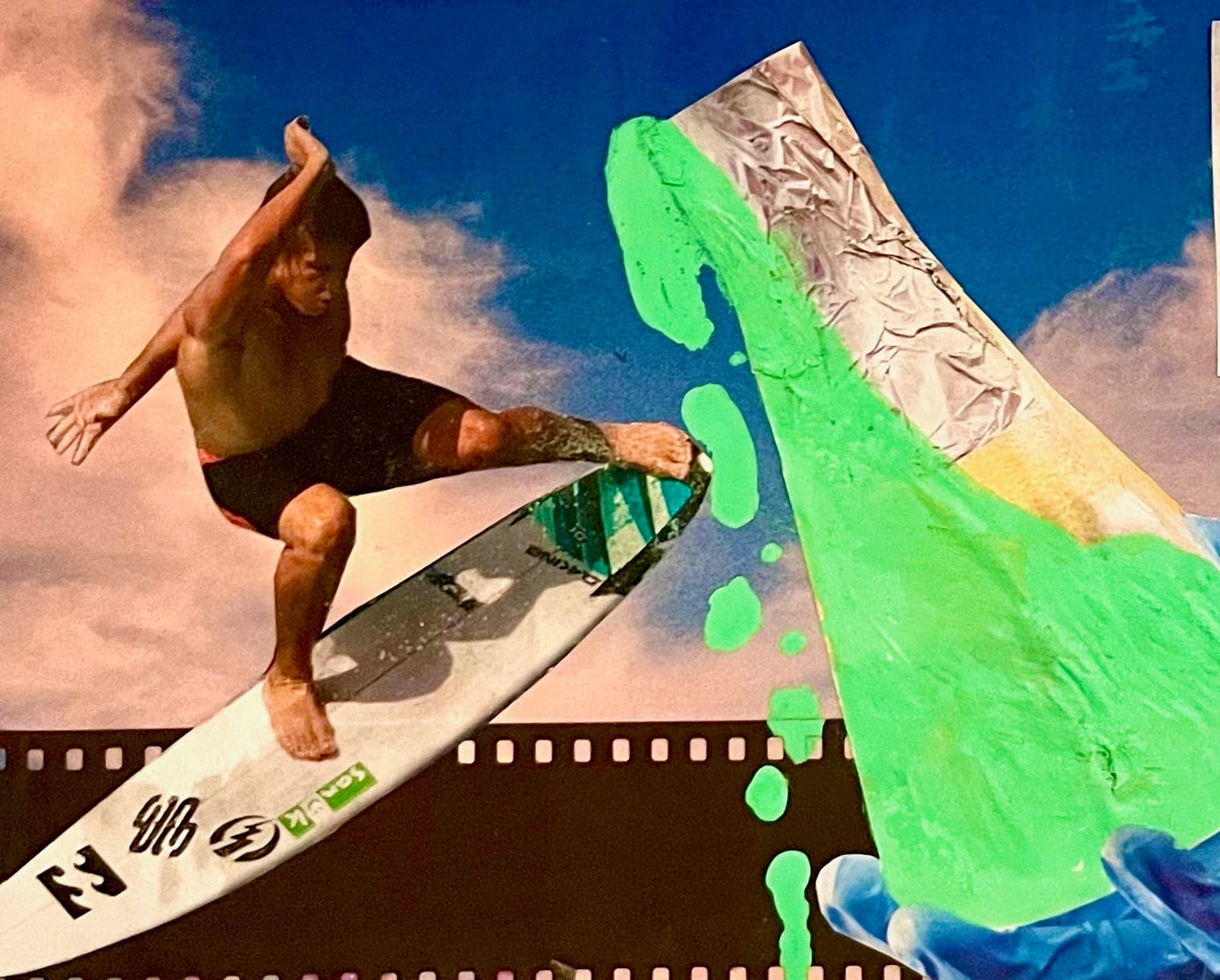
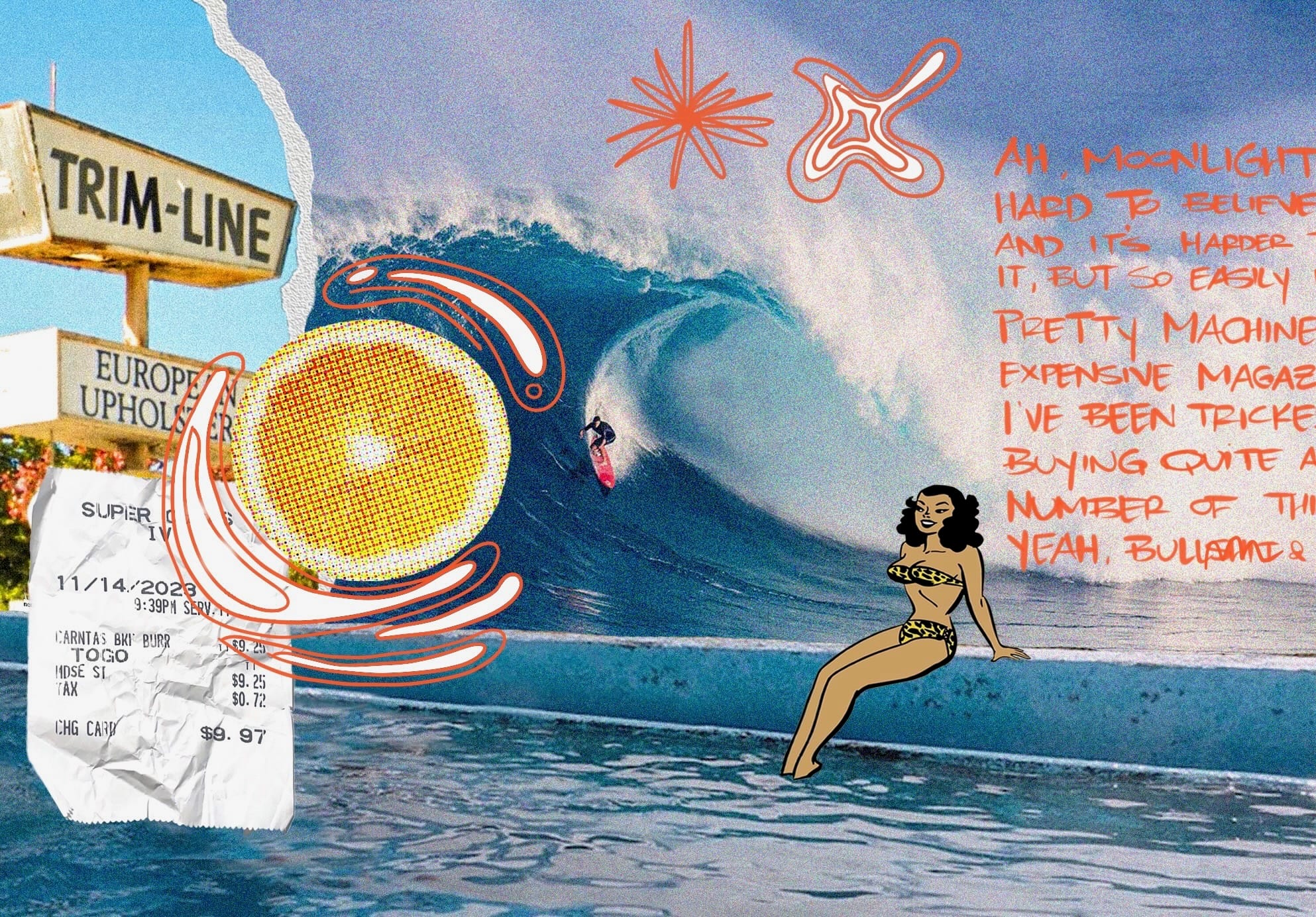
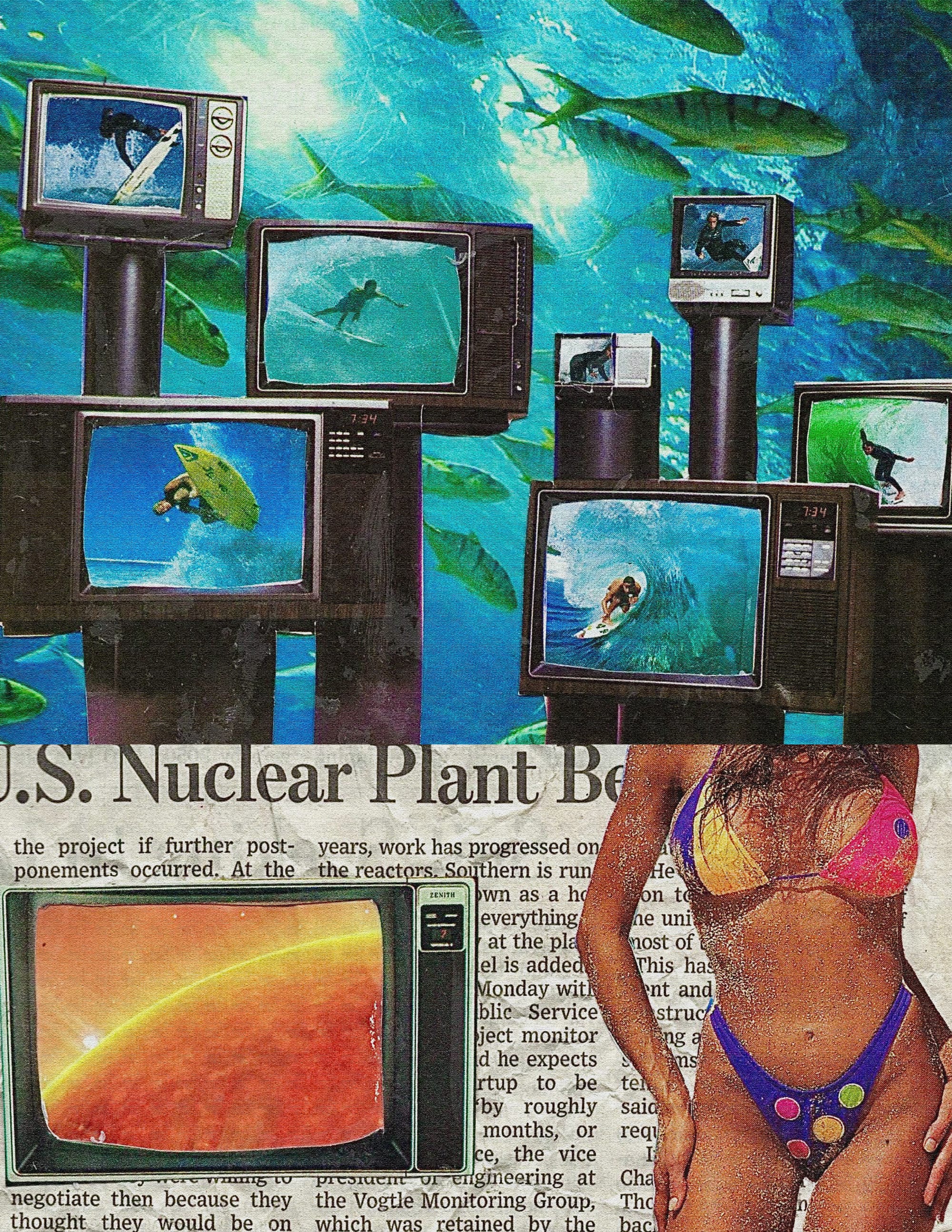
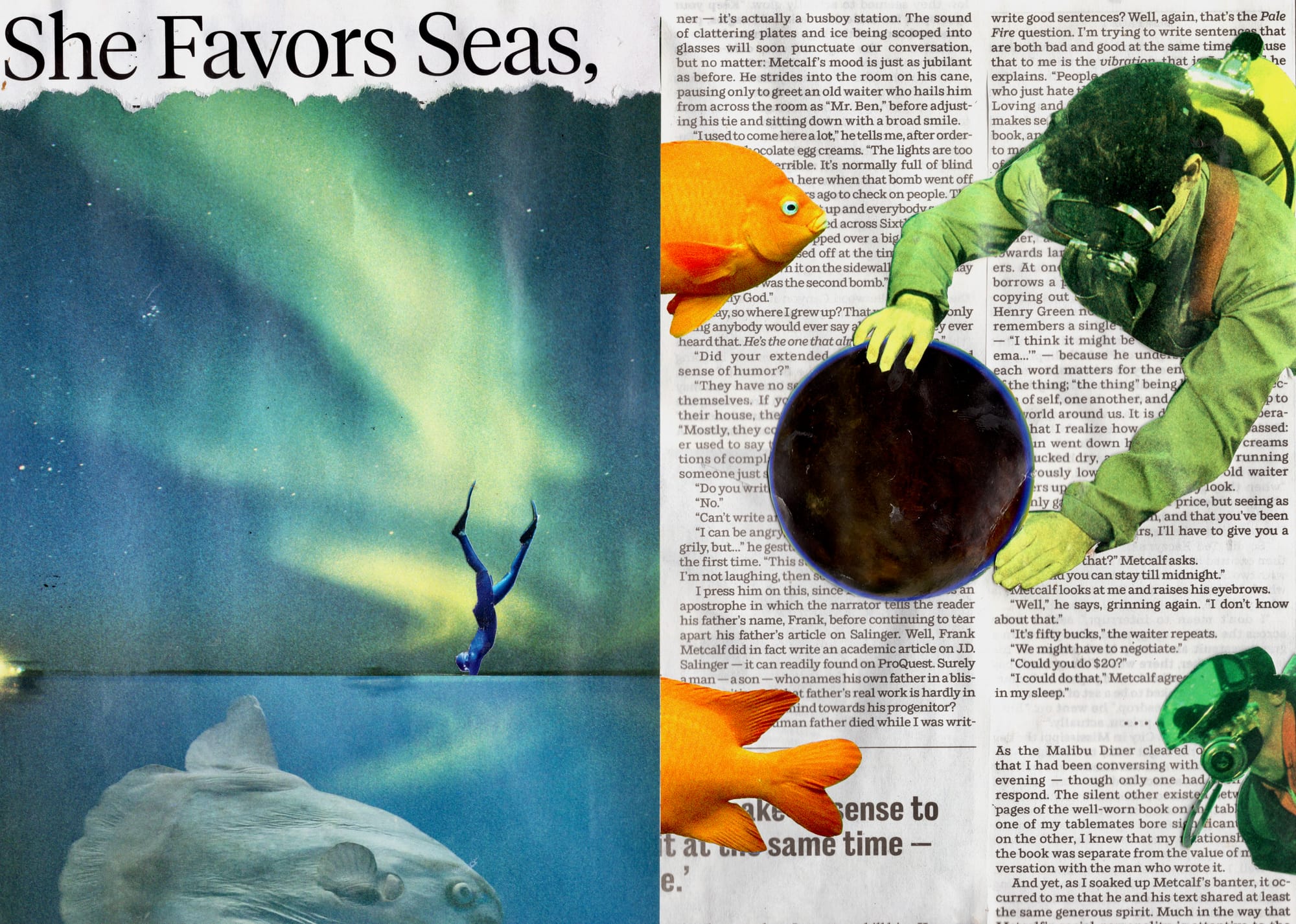
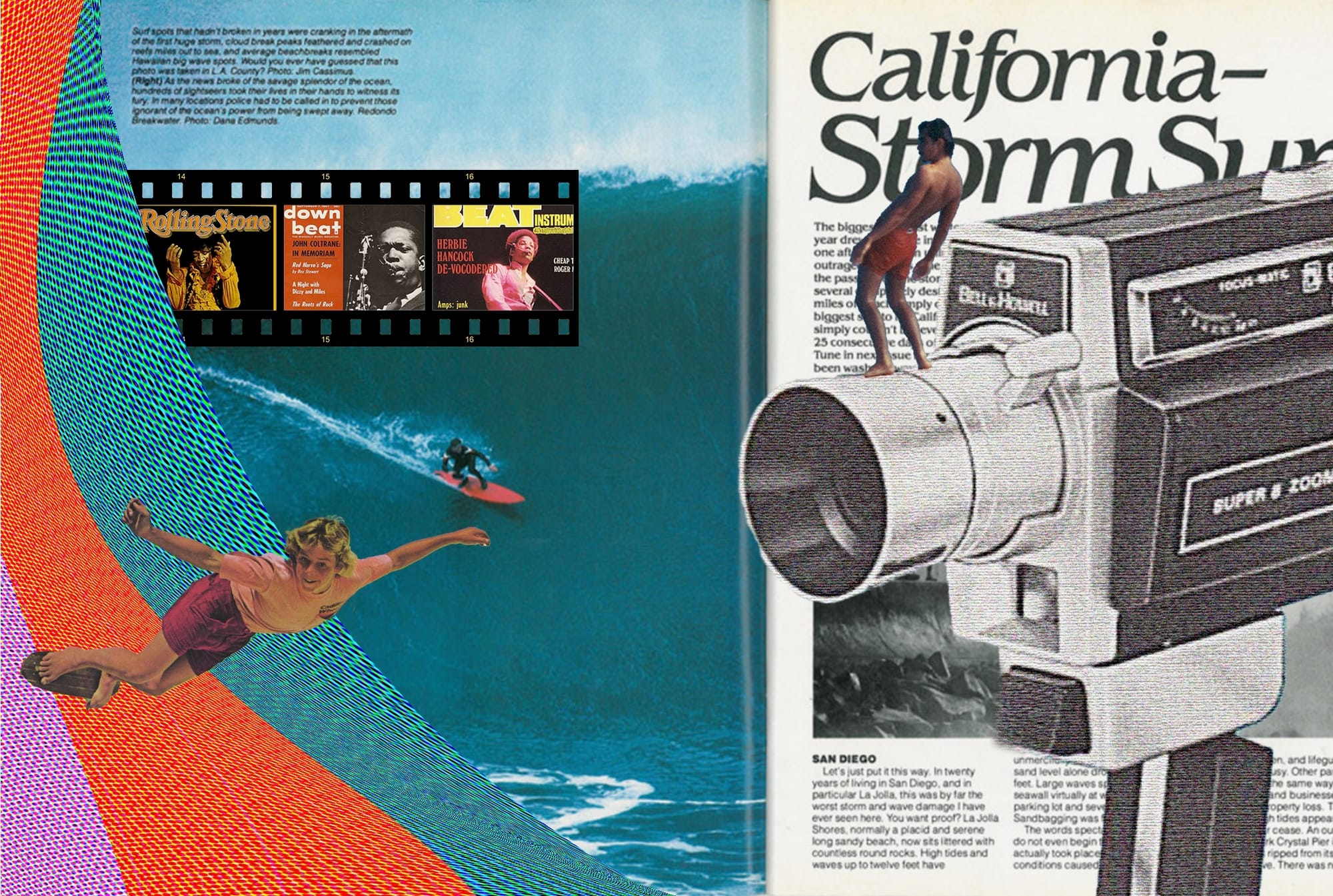
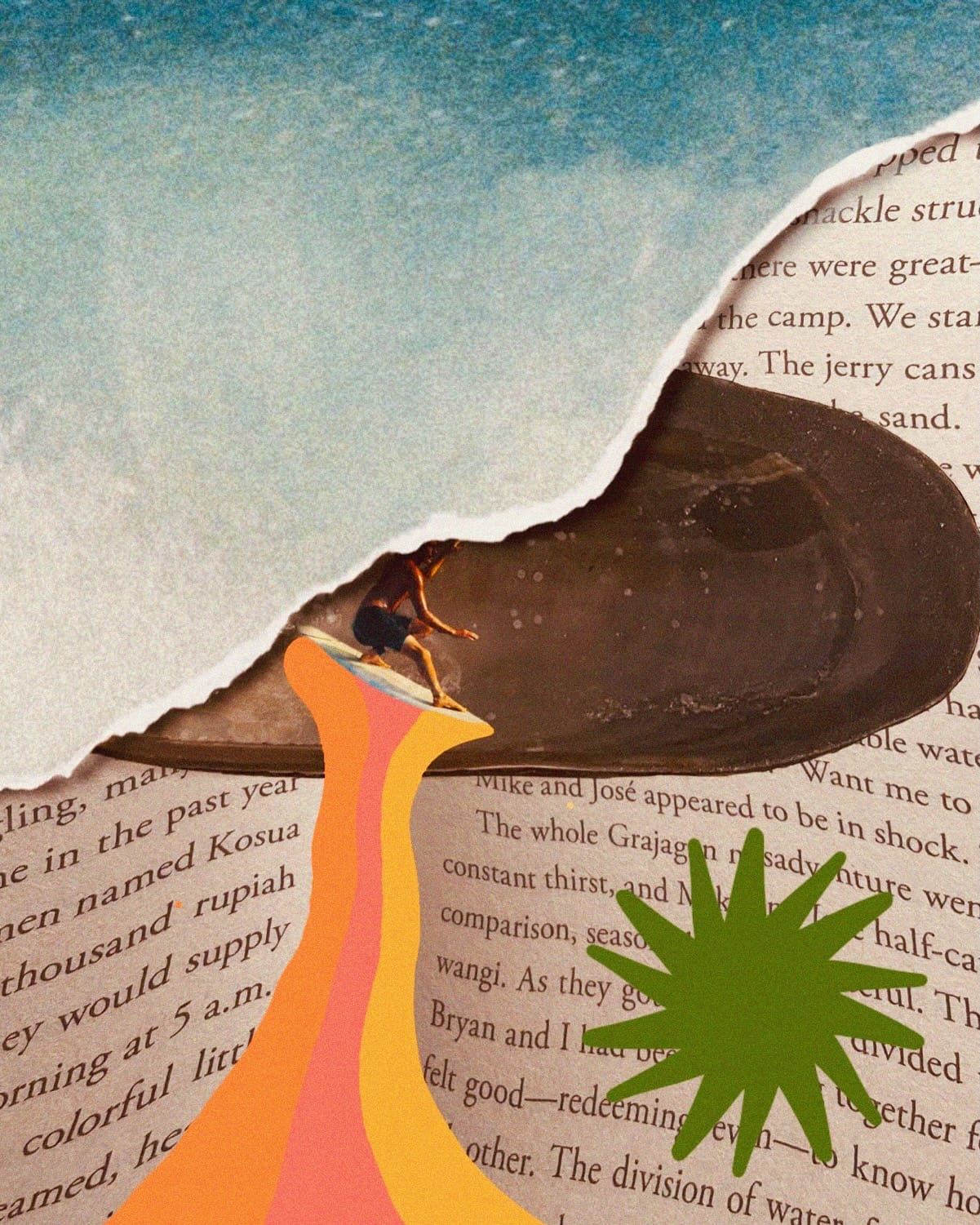
Collages by Benny
Some of my work looks a little I would describe it as a more like groovy kind of font or some psychedelic influence, old psychedelic influence, and obviously just surfing. And how can I make this surfer not just look like he’s on a wave or you know cause as a surf photographer there’s so many instances where I’m gonna get a similar looking photo to not only other photos I’ve taken but to other photographers and just kind of wanting to elevate that a little bit.
How can I allow the viewer to connect with this piece in a different way instead of just looking at somebody on a wave what if I like put them in the sky or newspaper or something like that.
Alma: One of my other questions too that you just kind of touched on is how has this influenced your other art practices. You work with a lot of different mediums. know you do photos and you are out in the water, magazines, collaging, and then a lot of like digital media too. Which ways has this influenced or shaped your perspective towards those other practices?
Benny: I don’t aim to take photos that are necessarily different I still want to take interesting photos but now maybe I’ll look at more of those photos in consideration like ok maybe that doesn’t look good there but this pose is really funky I’ll keep that one for later. Or if, it just kind of allows me to select a more broad selection of photos basically from any given session. Its kind of tough to describe I guess but it all will relate in someway to that psychedelic groovyness with these cool fonts that I try to pull. Its all very engrained in the surf culture which I am heavily tied into now. All of the bubbly kind of fonts and stuff I like was inspired from the old ripcurl logo and so its like what I was saying before looking at things in a slightly different way, giving it a different background or just selecting more photos out of the bunch.
Alma: Sweet, and then I know that like I make collages for just like personally as a hobby but how have you been using your collages because I know that you mkae prints and use them for band fliers if you want to expand on that a little bit more.
Benny: Most of the collages are a personal thing and I post them on my instagram and people are like oh I really dig this and I might make a couple of prints for people because they really dig it that much. A couple of times they’ve been used as gifts for people. I think its more special than getting something like I don't know some cash or whatever cool t-shirt for their birthday. It’s like here’s something that I made inspired by you.
The personal ones I have been using attracted a certain audience and stuff, to now where they want to use it for band show fliers or event fliers and that kind of requires a different approach to collaging because no longer do I have to make it only good enough for my eyes and hey this is this thing I just posted but now it has to be good for somebody else and for all of their potential viewers, attendees, or whatever it may be. So I kind of switched to going to something more digital for that where I might have these photos scraps that may not be used on their own but I’m like hey this could make a really cool background let me draw on this one and from there sometimes its photos sometimes its not I look through old band fliers and start drawing and making my own fonts and stuff.
Yeah that’s been mildly successful to get some people to come back time and time again for fliers for their shows. With that being said sometimes you’ll get hit up and they’ll be like I need a flier like yesterday can you get me one soon and I think that forces me to turn to more digital methods of creating collages where some of the photos maybe not even all the photos are not my own maybe screenshots that I grabbed or just things that I look up and try to like photoshop and cut in and out and assembly and while it’s very much unique and to some extent built by me it isn't something I can necessarily say I flipped through the magazine to make this or you know sometimes its not even my own font I didn't hand drawn this font.
You know I think its just the fast paced nature of maybe like the music industry, the event industry where they need it super quick and it requires somebody to just be really on it and unfortunately while more fun cutting things out of a magazine or a newspaper takes too long.
But I think it’s good that people can now, you know if they don't have access to magazines or newspapers as its getting phased out that you know they can turn towards photoshop or whatever photo editing software and lookup things online that inspires them and just assembly it on a digital canvas and call it a collage
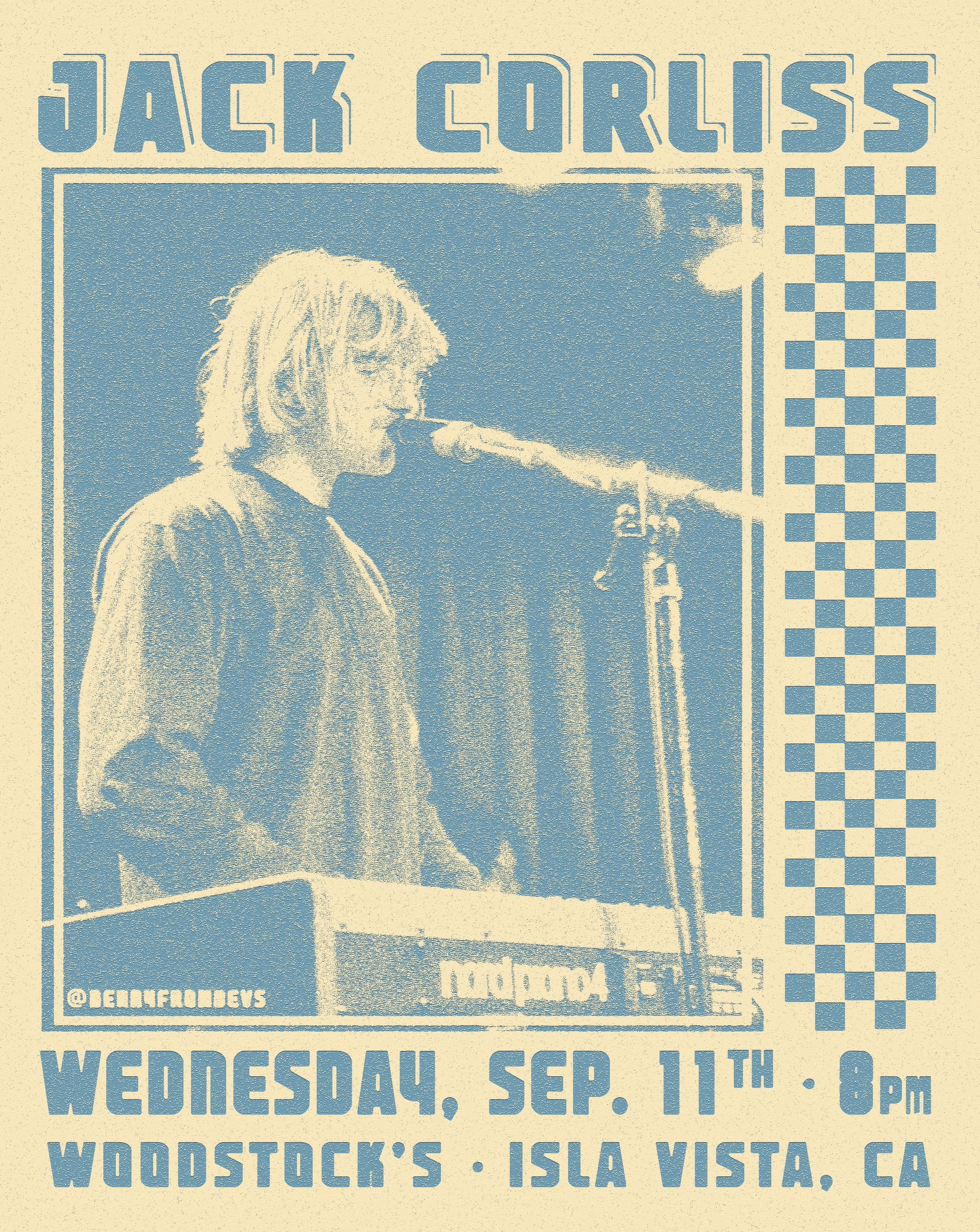
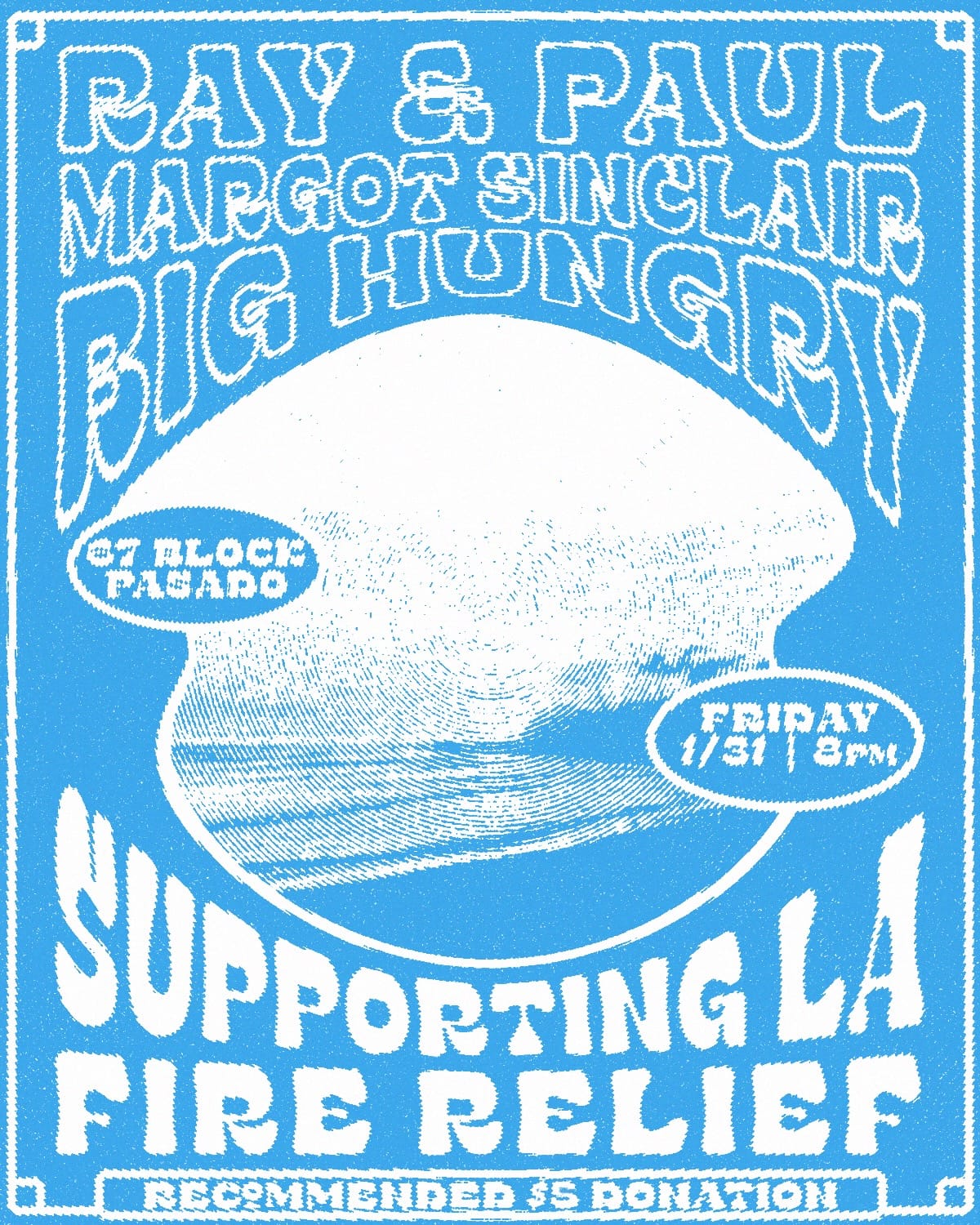
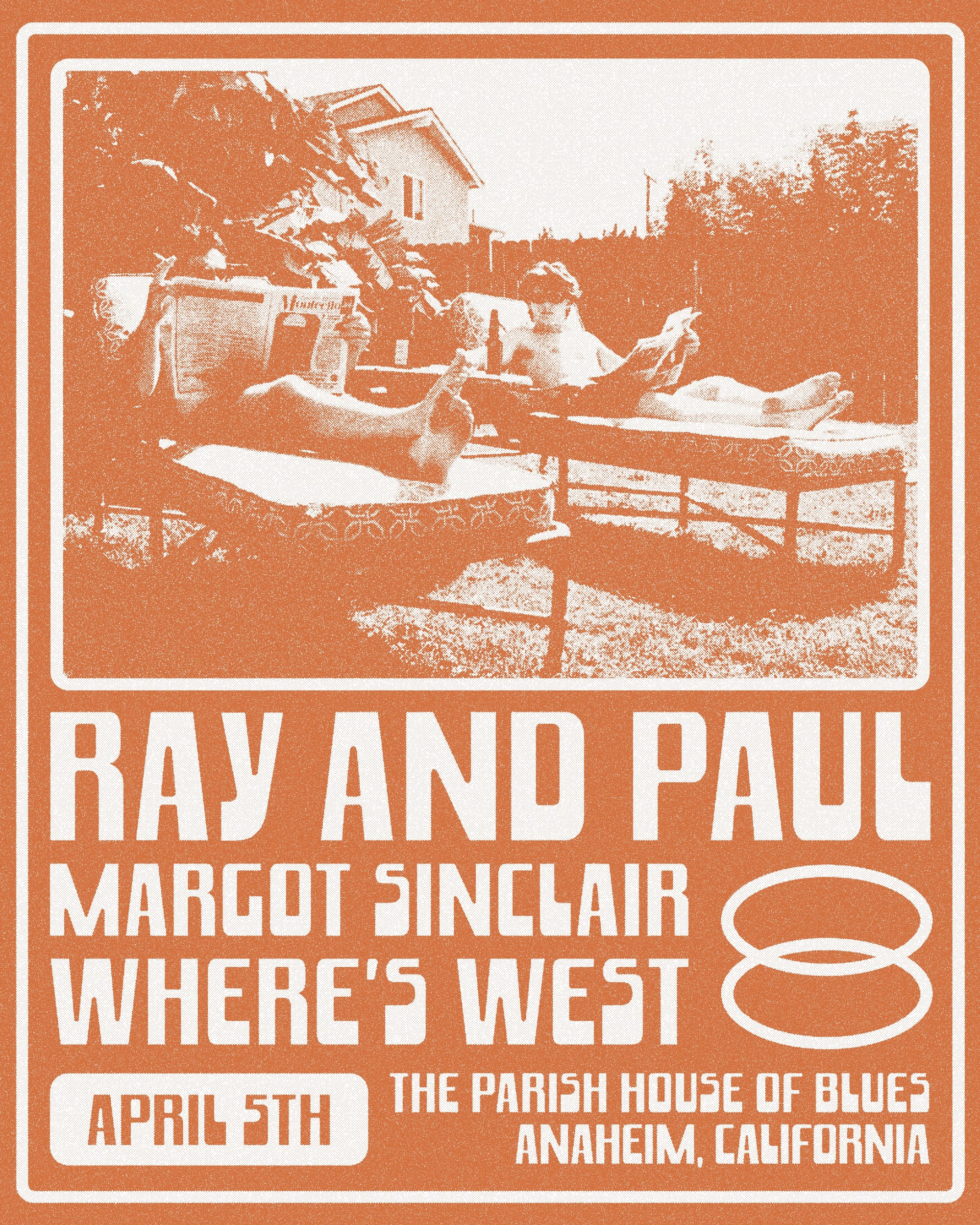
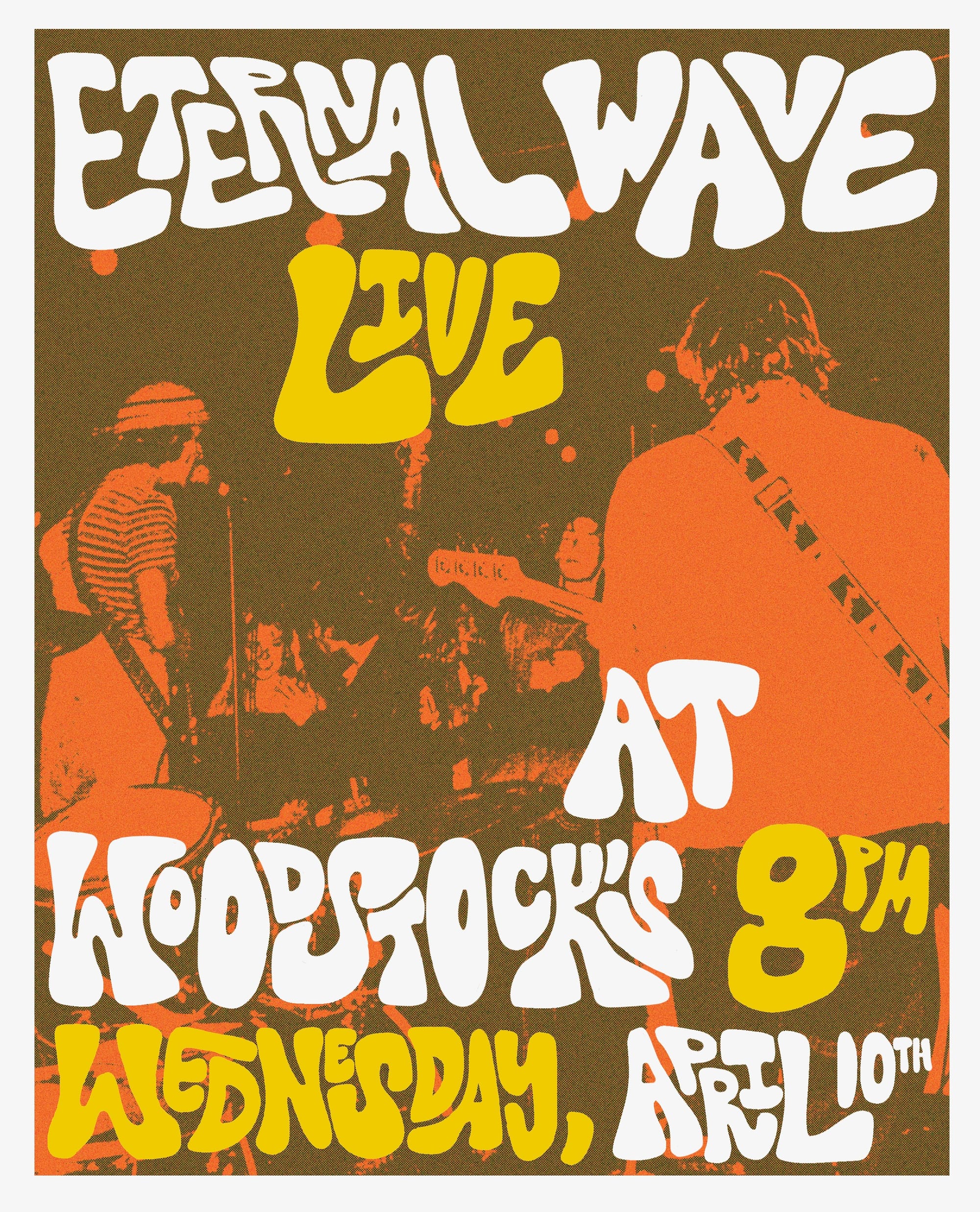
Alma: It’s interesting seeing the mix of physical and digital media and how that’s changing. What do you see personally for your work going forward? In all aspects, not just collaging.
Benny: I hope to return to collaging and similar methods of art on a more personal basis and making things for myself and making sure that I am proud of them and I can take time out of my day to do it. But I also hope to make it more of my art whether it be photos or collages to actually put them back to print if I can. It’s cool sharing them on instagram getting a couple likes and people being like I’m stoked on this but it’s another thing when people hold it in their hands and they are like hey this is really cool I'm so happy I bought this. And I have started doing that. I have been fortunate enough to sell some of my photos at the surf shop that I work at and I meet the people that buy them and tell them I hand did that font and caption and I framed this myself and this is the photo that I took and you can see them they’re like oh really that’s so cool and I think that interaction is a lot more special than a couple of likes on a photo.
Alma: Yeah yeah that’s super cool and I think that with AI and everything that’s happening with social media people are wanting that too even as a consumer. That personal interaction with the artist who can be like hey I designed this font, hey I took this photo. You wouldn’t know unless you had a really long instagram caption breaking down the process. It just doesn’t replicate the conversation you get to have with someone.
Benny: Right and with the photos you can have that conversation of where was this taken, who’s this in the photo, when was this and all that and you can explain all that in an instagram caption. But you know selling them at the local surf shop I can be like oh its 15 minutes up the road this is my friend we swim out at this point you should go there or maybe you shouldn't but like you know that’s a lot more special and meaningful than just something you see on a screen that might just get scrolled past in two seconds. Instead I would hope people would you know buy these things or you know be gifted them, see it hanging on their wall for years to come.
Alma: That’s sweet. My last question to just wrap it up is kind is if someone wants to get into collaging what would you tell them?
Benny: Hit up your local thrift stores, hit up your local art scarp stores if there are any. You know it might be worthwhile to scroll Craigslists or facebook marketplace every once in awhile find these cheap stacks of magazines and like you know not all of them are gonna be good but that’s also the fun of it like you know poking out the fun of it of what might be useful even if its a person or certain object you use what about a cool texture or a couple of lines you can use as a backdrop of a collage. I think its cliche that everyone just tells you to just start but thats kinda how it is and that’s how you feel with your own rhythm and your own style of collaging and same thing with photos and stuff, everyone now has a camera tied to their phone for the most part and just start there and try to find a certain voice or a certain identity through those photos. I’m glad that its super accessible for everybody now and people could just start because and I think they’ll find their way along in enough time
Alma: Thank you for doing this I think it was very awesome and I like your art too
Both Benny and I have noticed how collaging has become more digitally based despite being something that began as a physical media. Various ways in which digital softwares can help change the collaging process is by integrating new tools such as customizable fonts, importing digital images, or change the layering process in which you can change the transparency, hue and saturation of various clips.
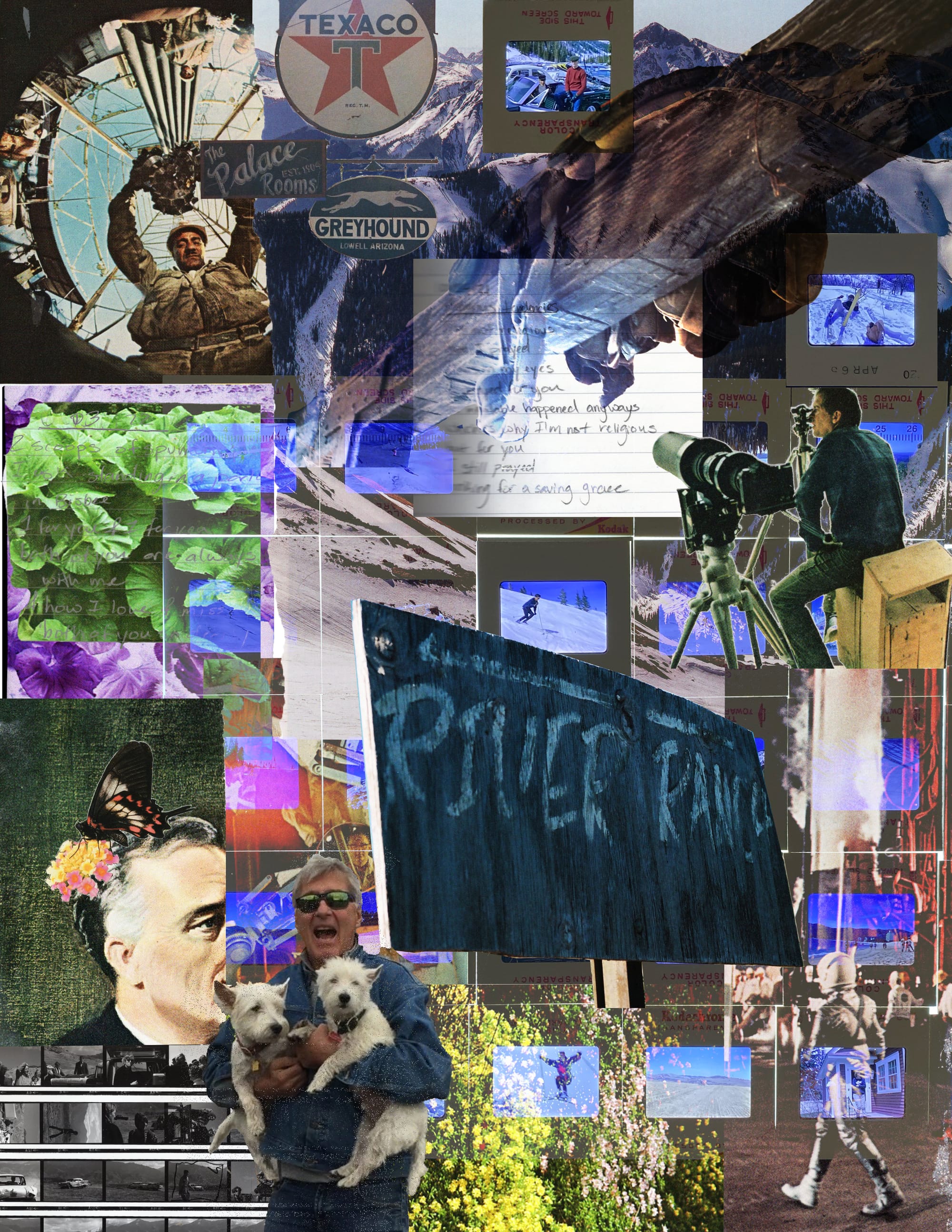
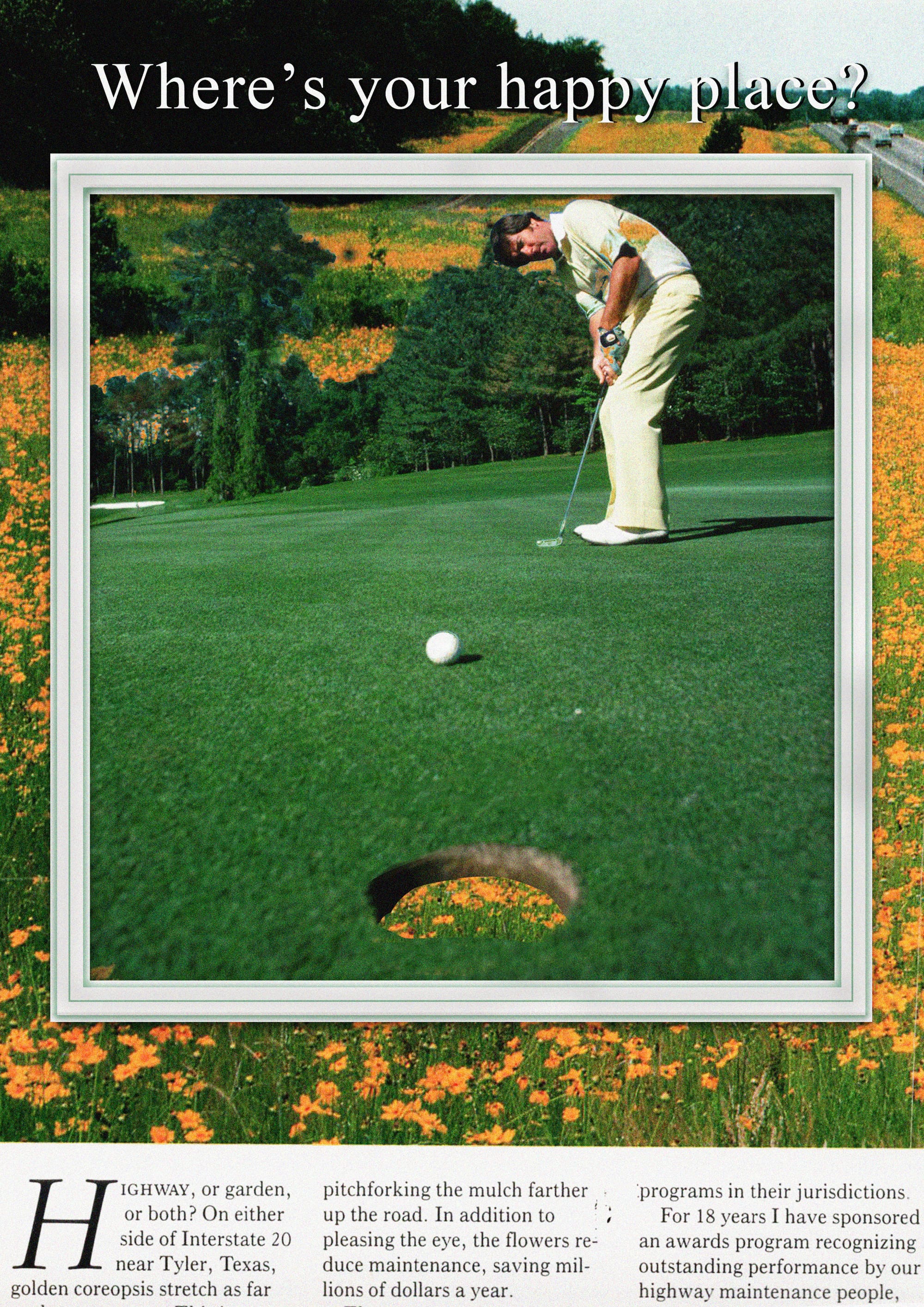
Digital Work by Alma
To explore or learn more about collaging check out the following links.
Here are a few more collages!
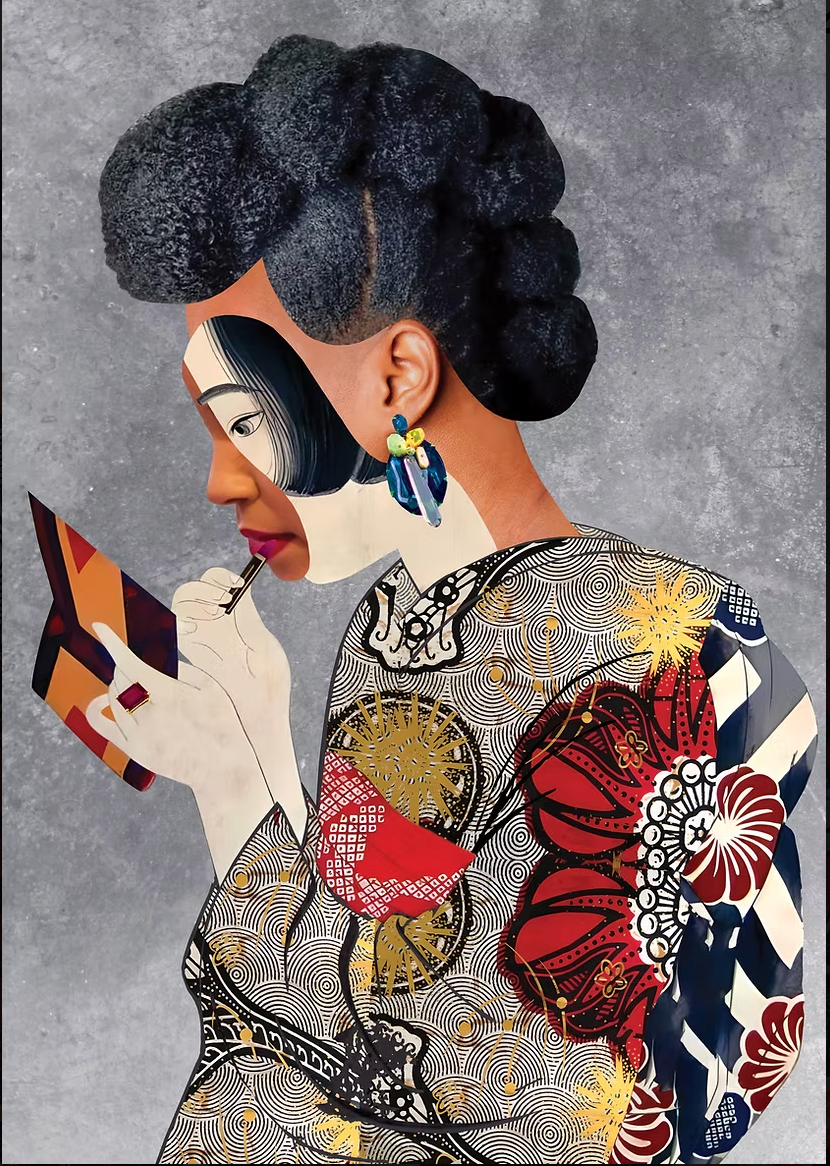
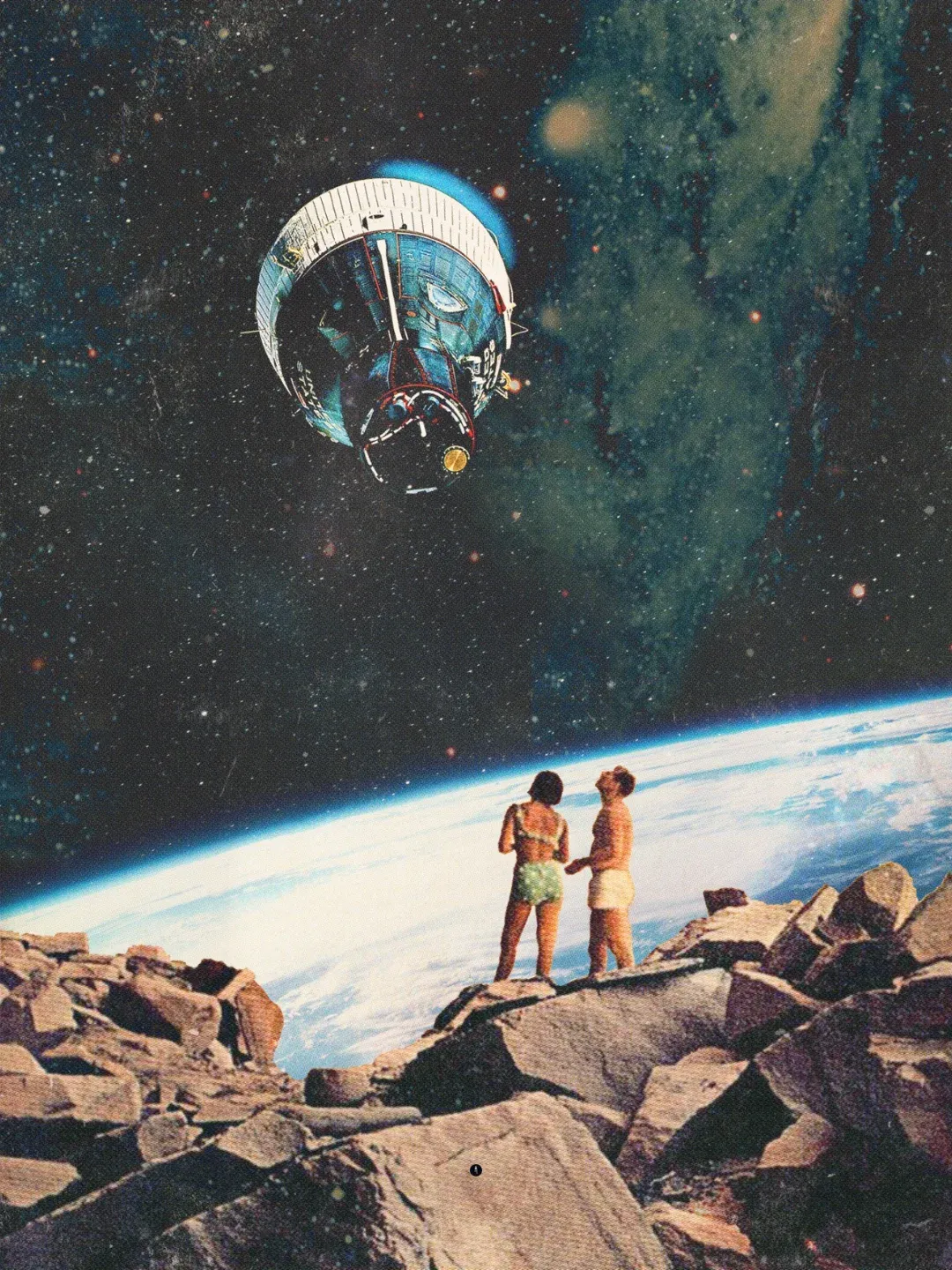
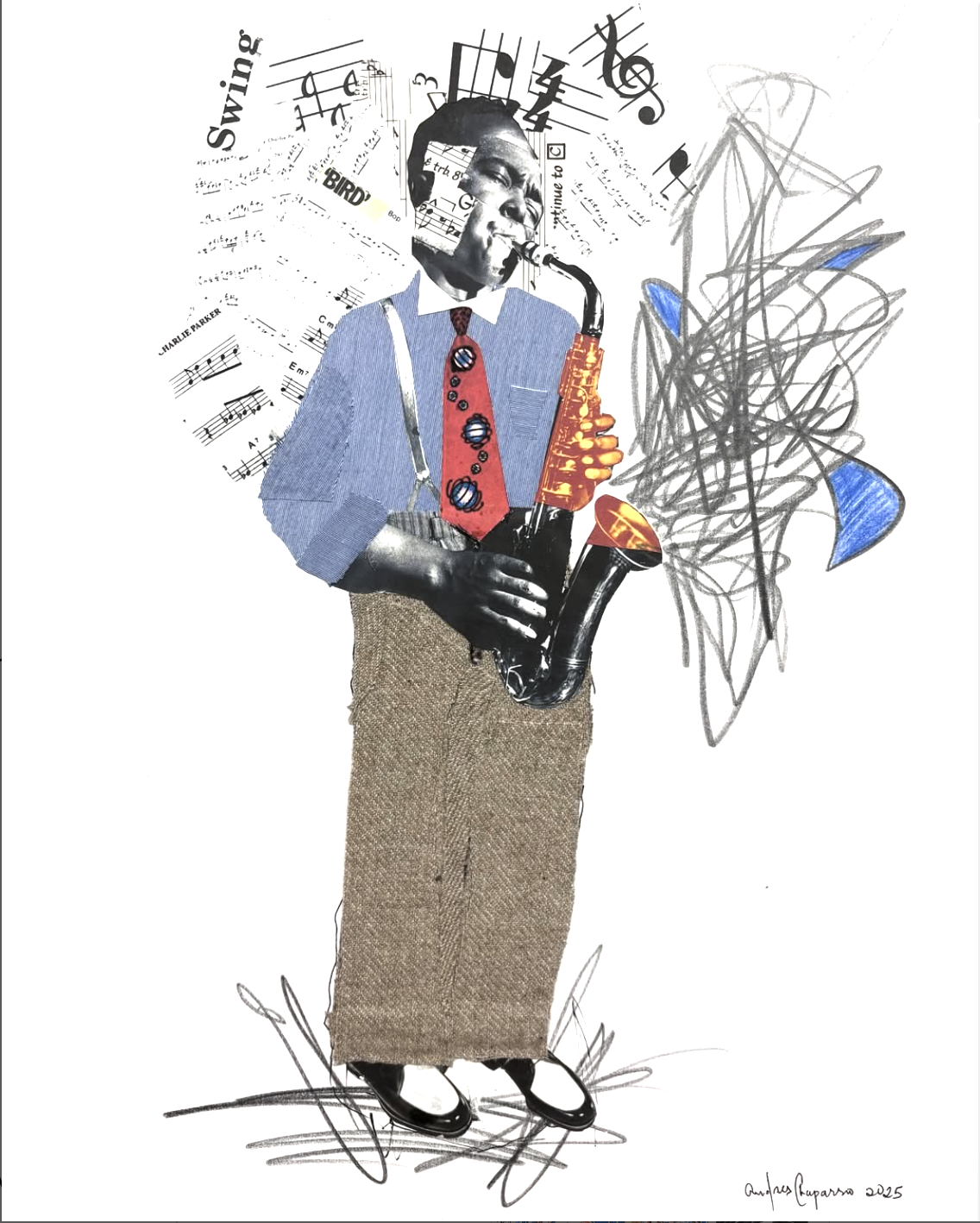
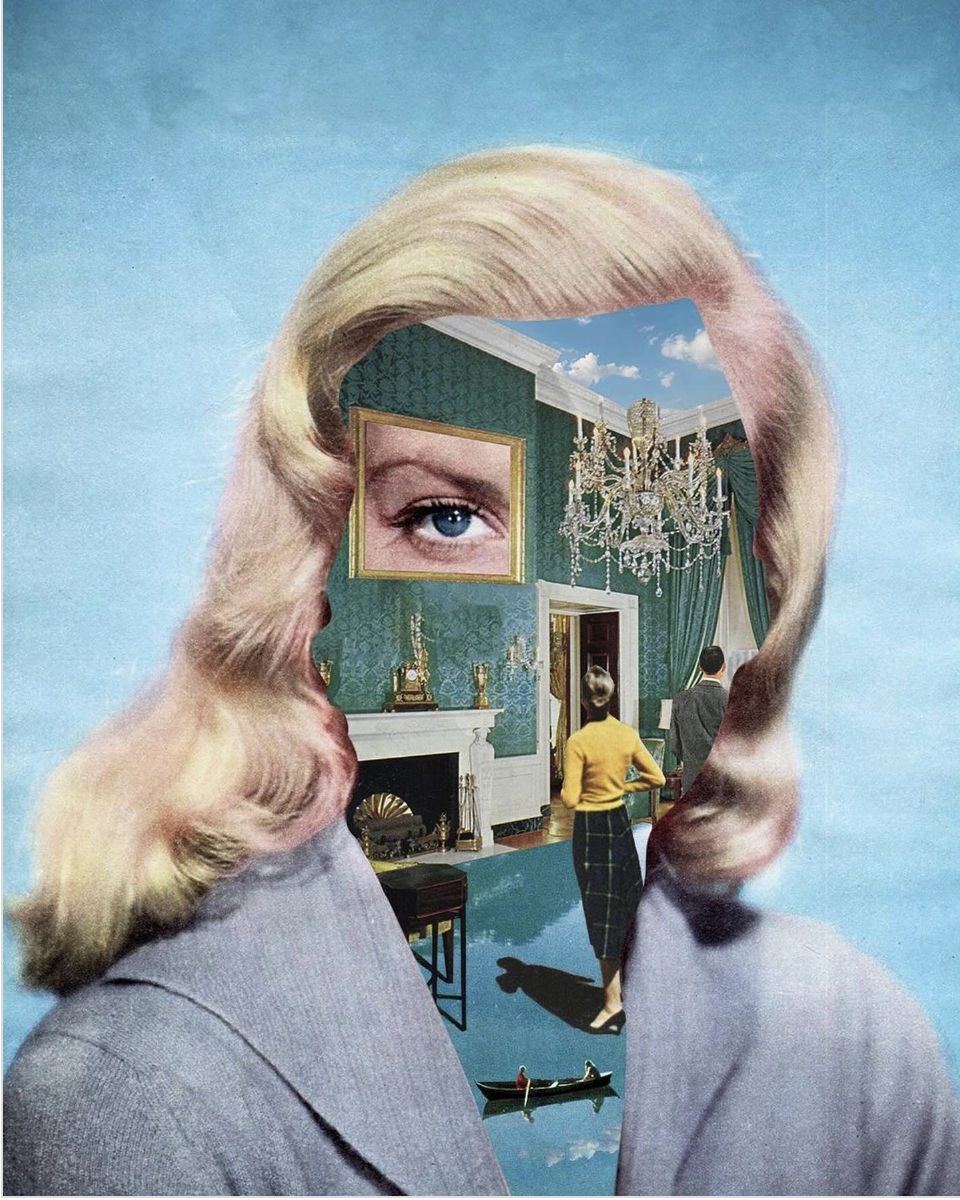
The Art Newsletter
Creativity. Culture. Community.
Unlock independent analysis trusted by curious minds worldwide become a paid supporter and get access to our full content library. Every Thursday, we send a carefully curated drop of stories, tools, and creative insight for the next generation of artists, musicians, filmmakers, designers, and thinkers.
Join a global community of readers who never settle for surface-level stories.
